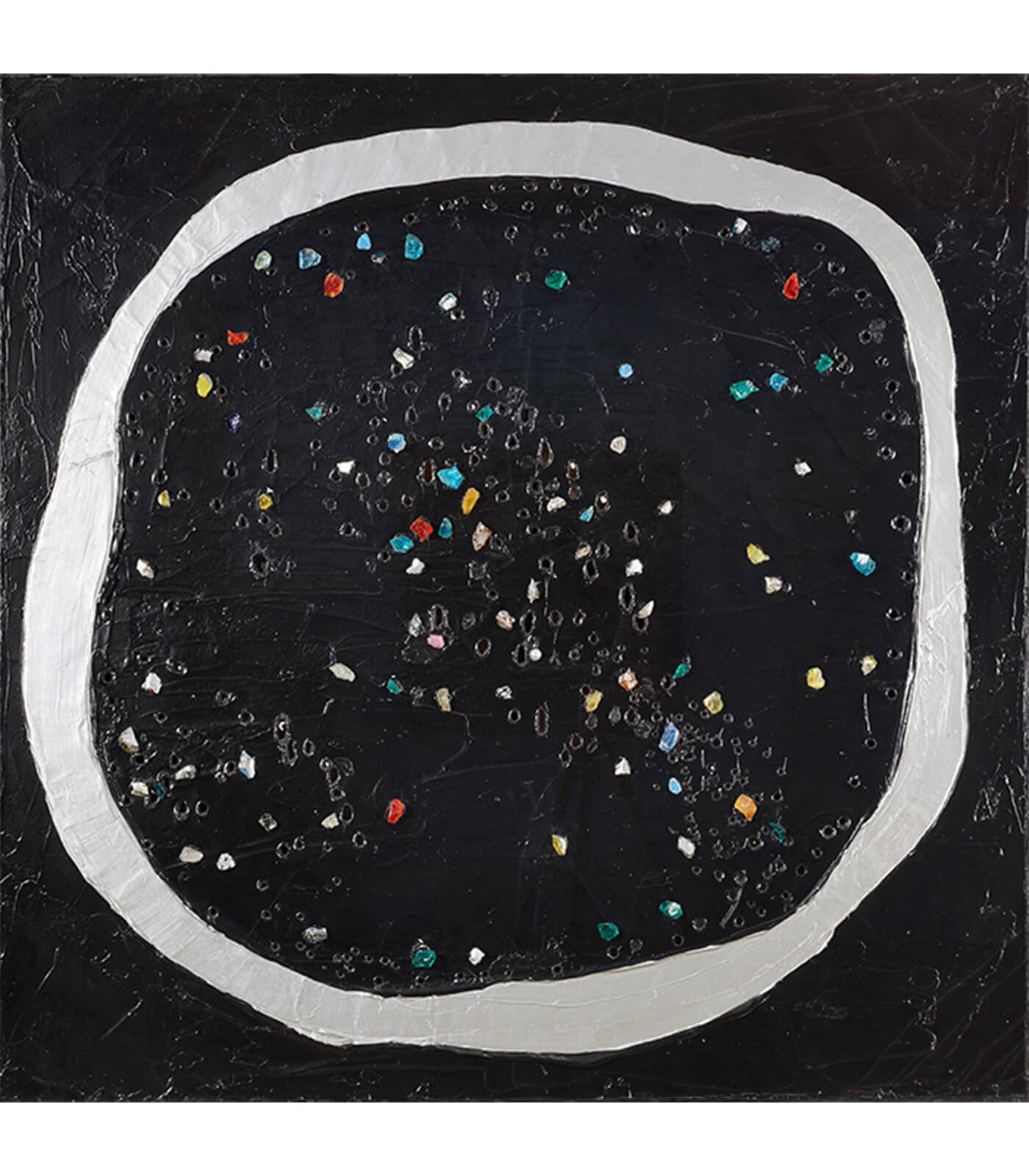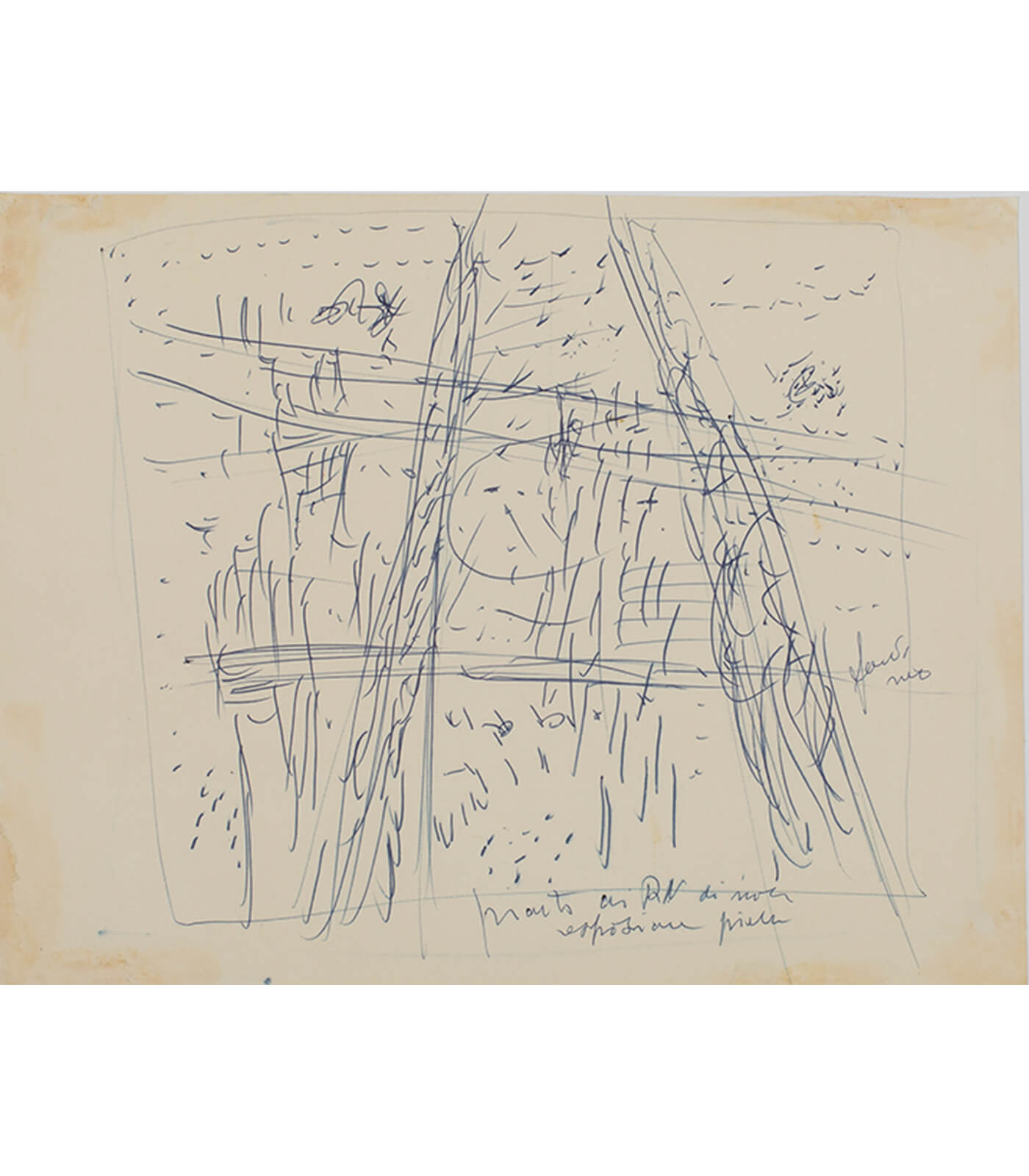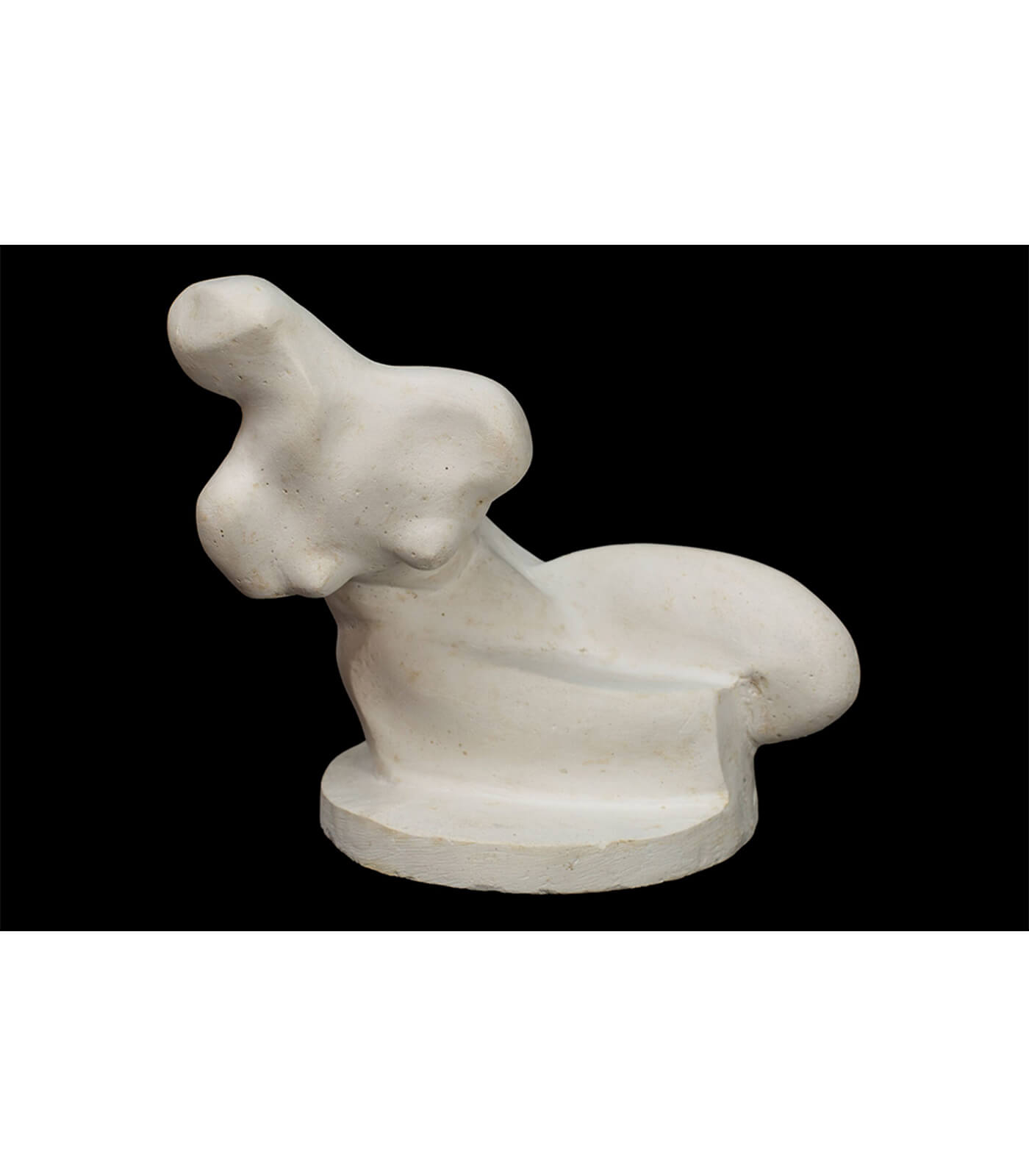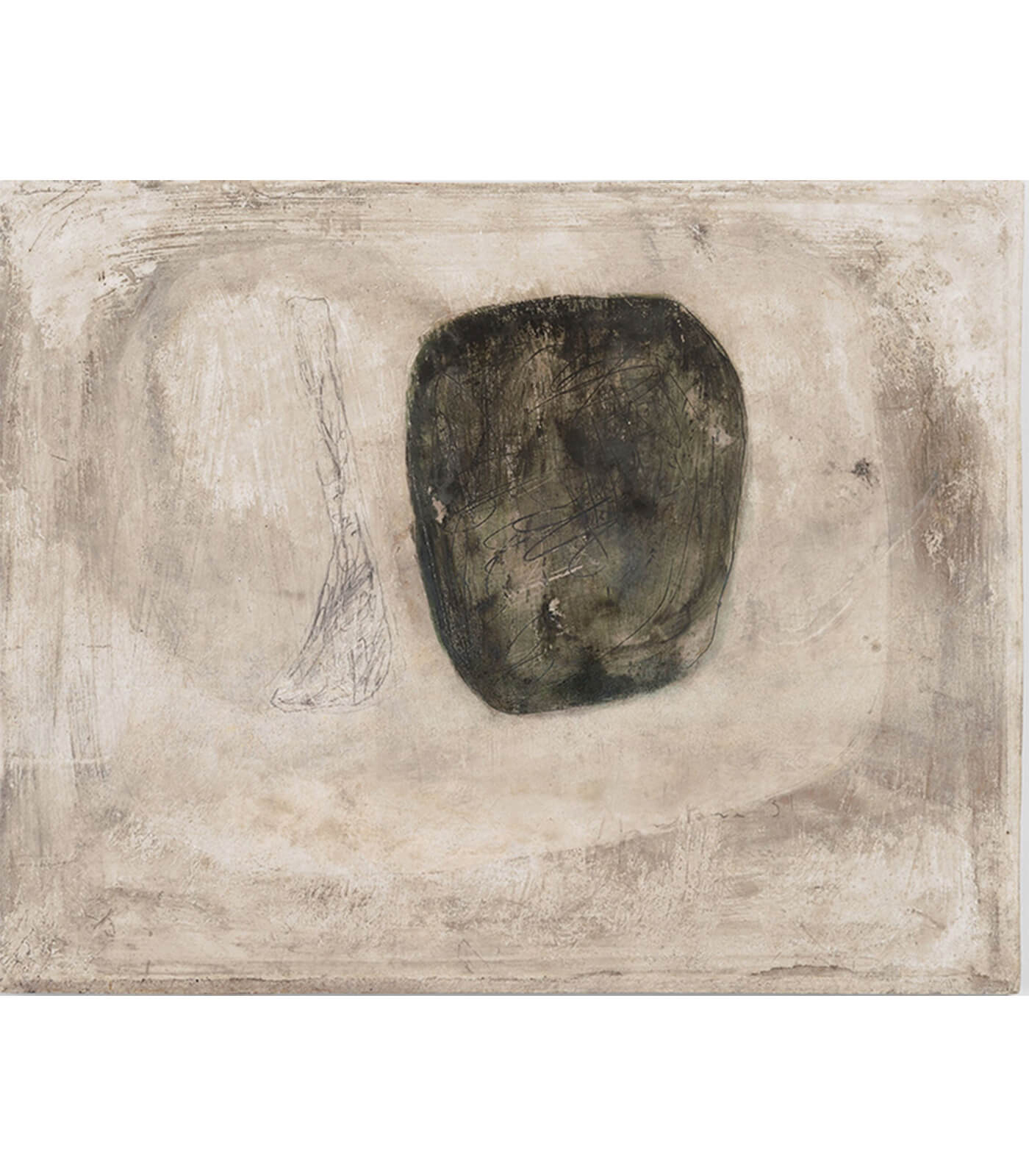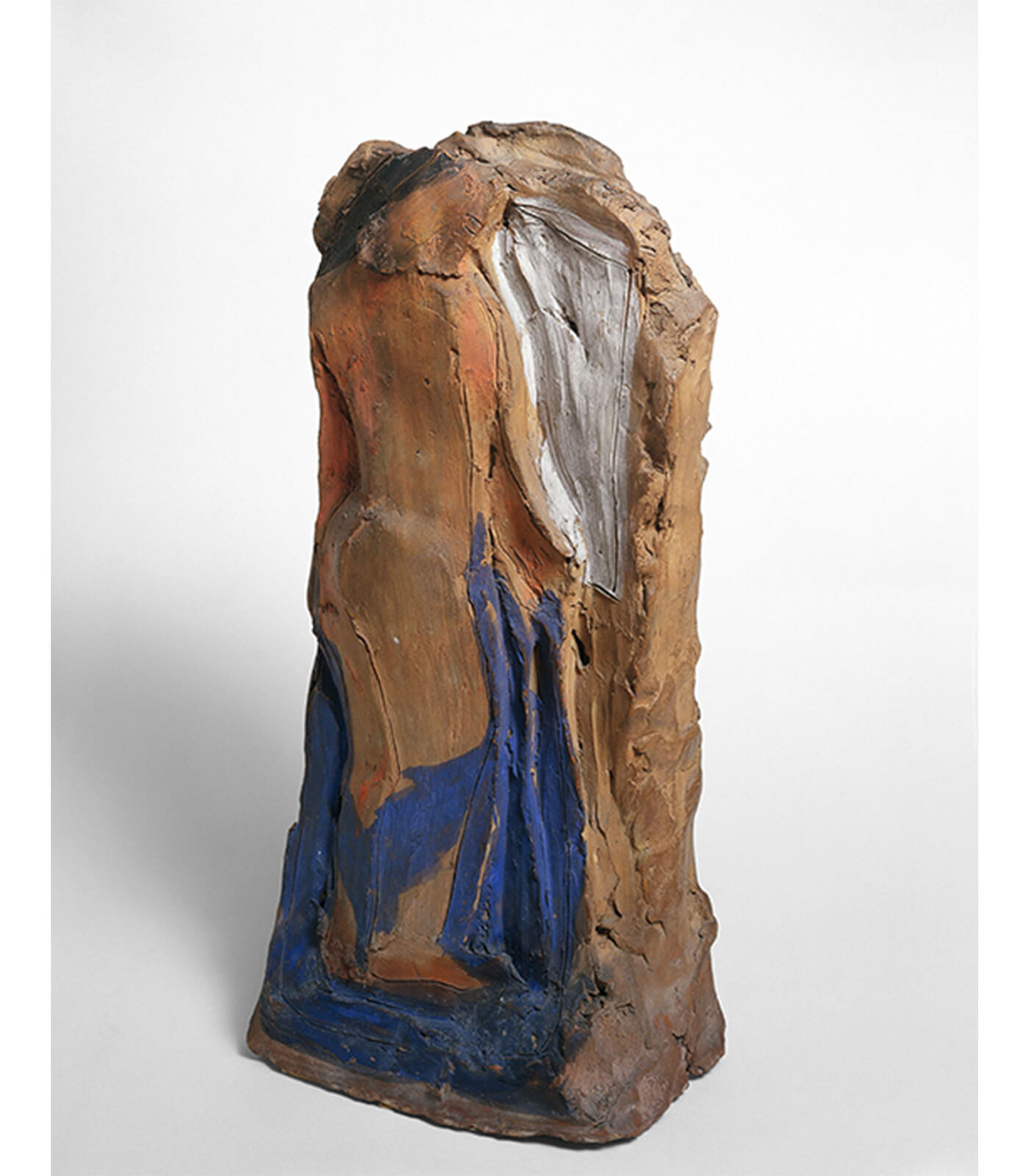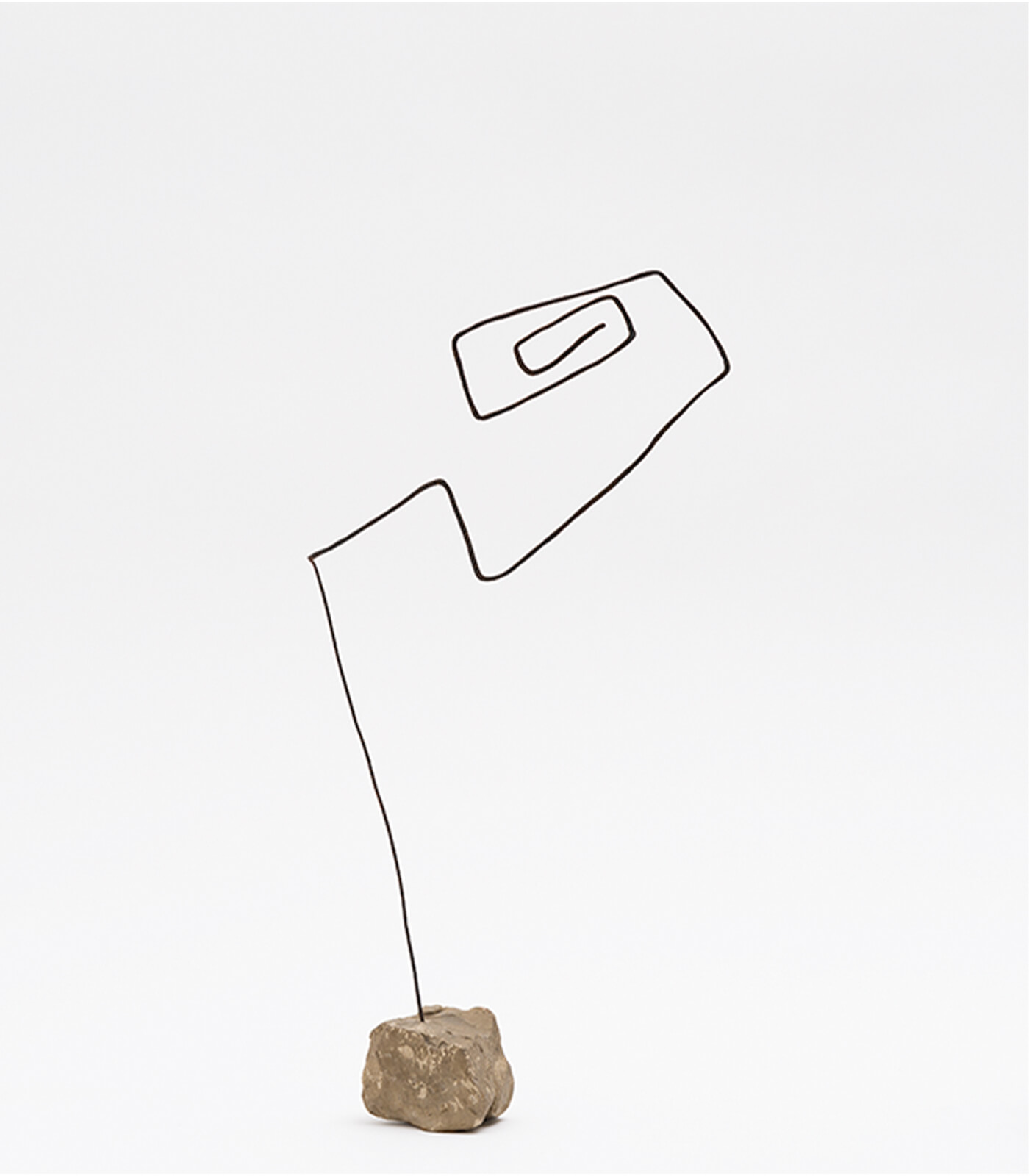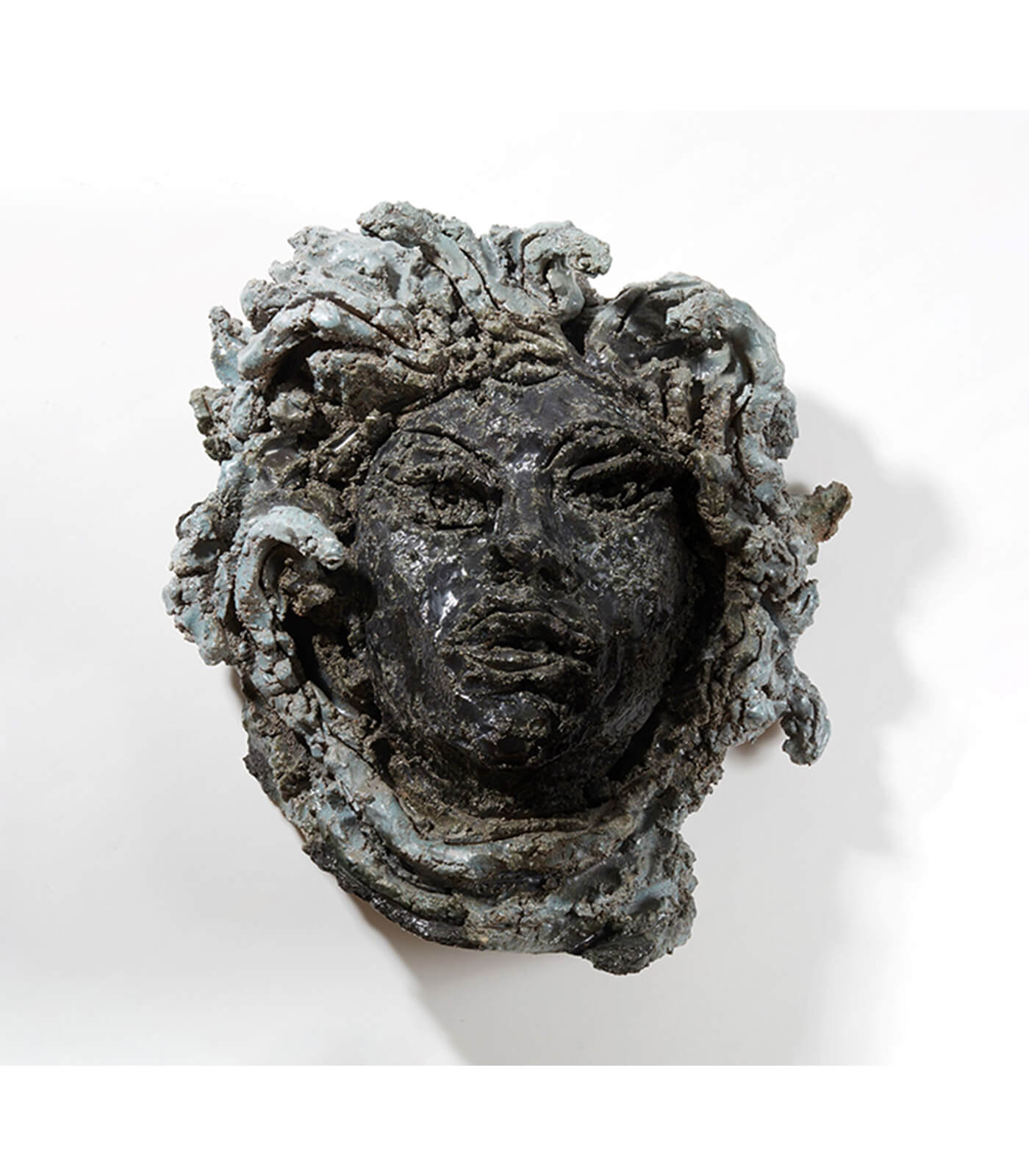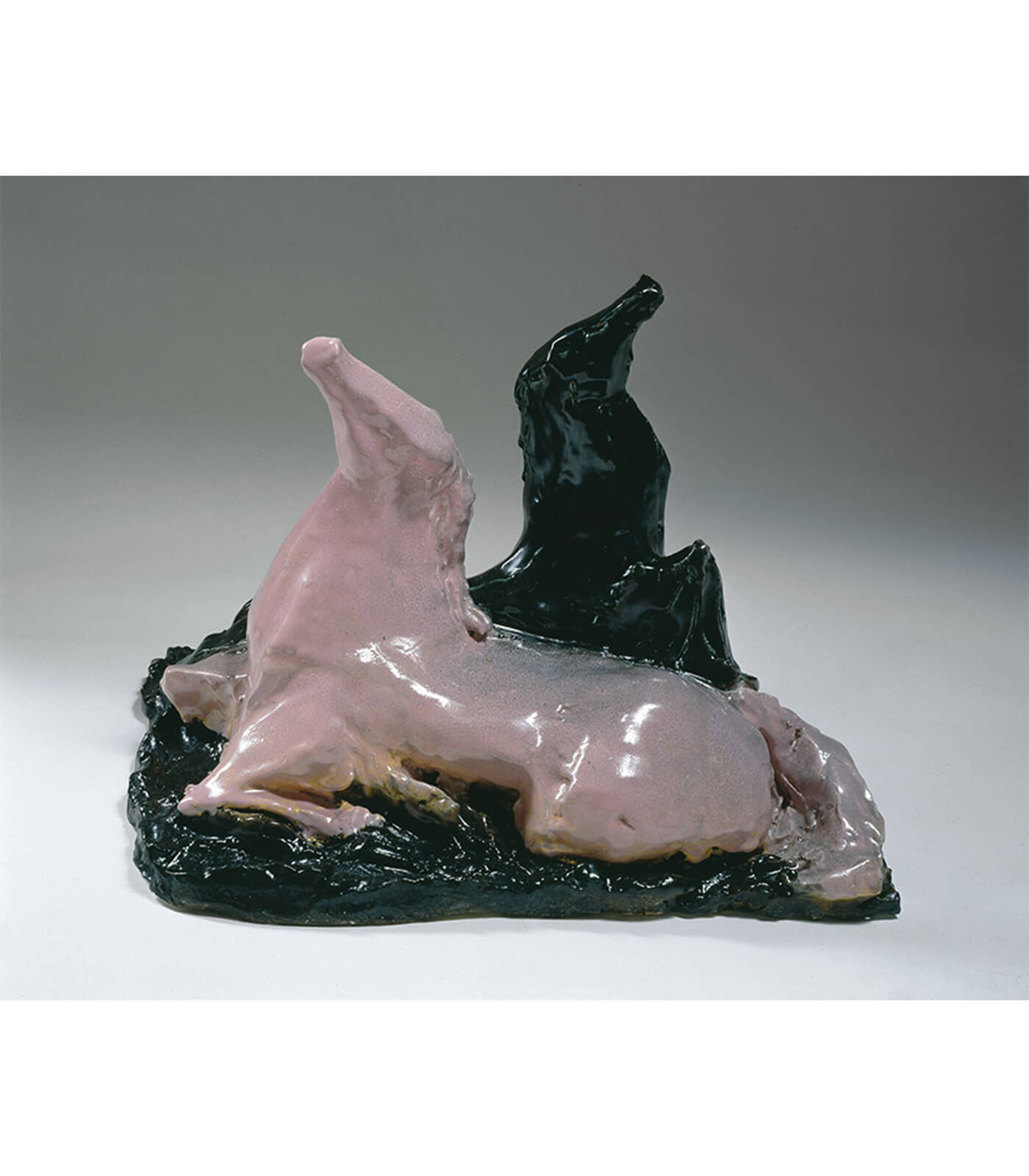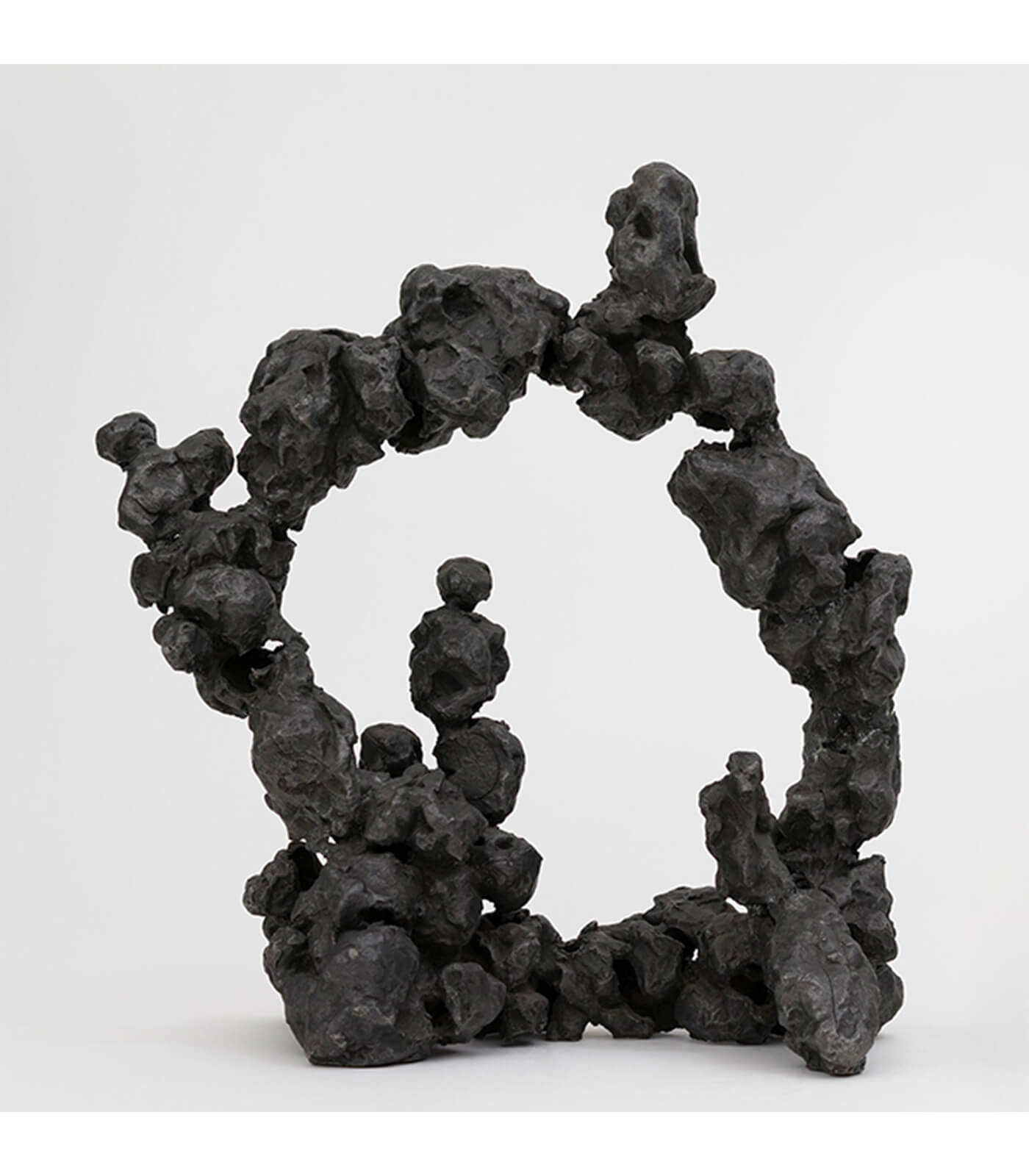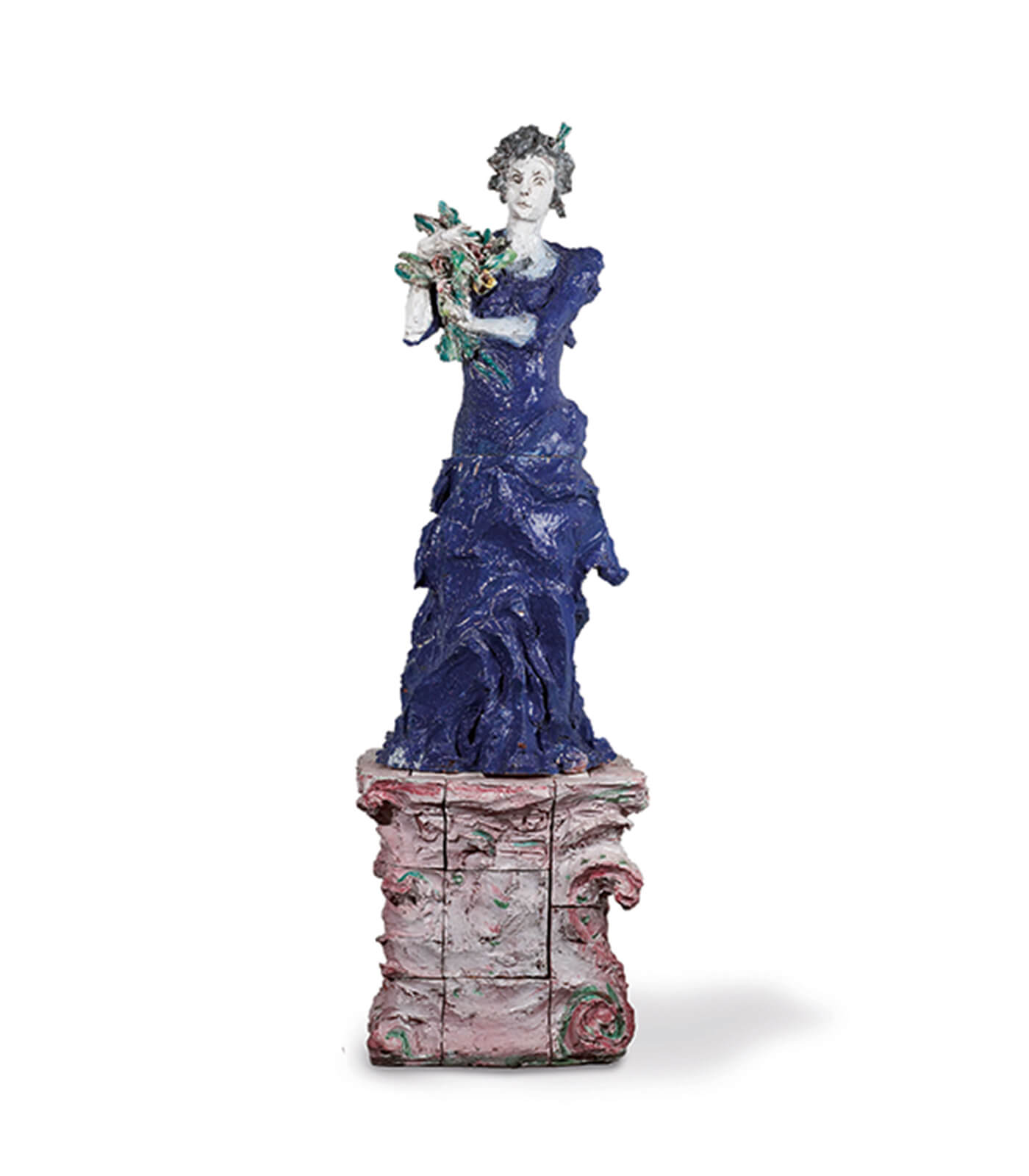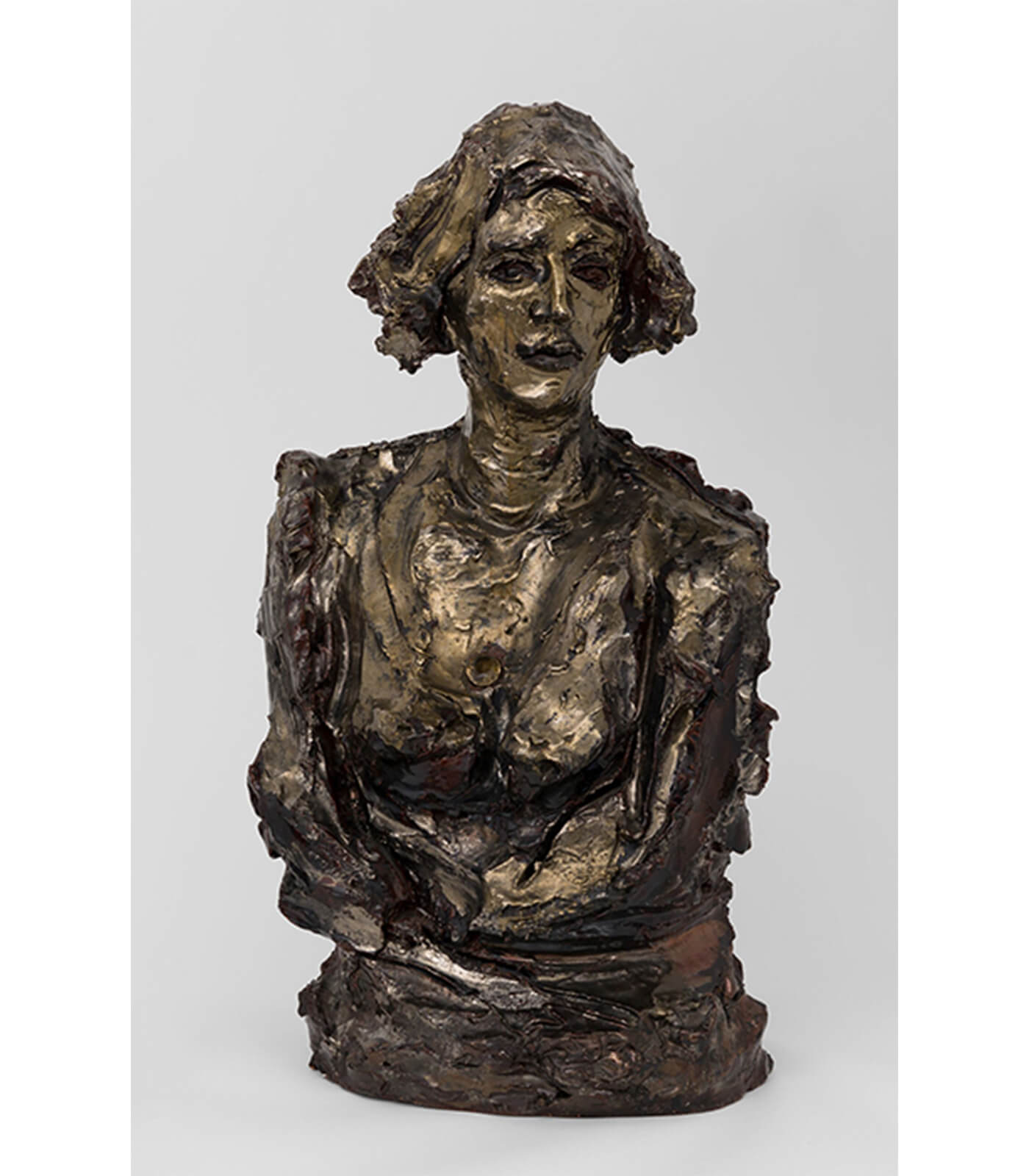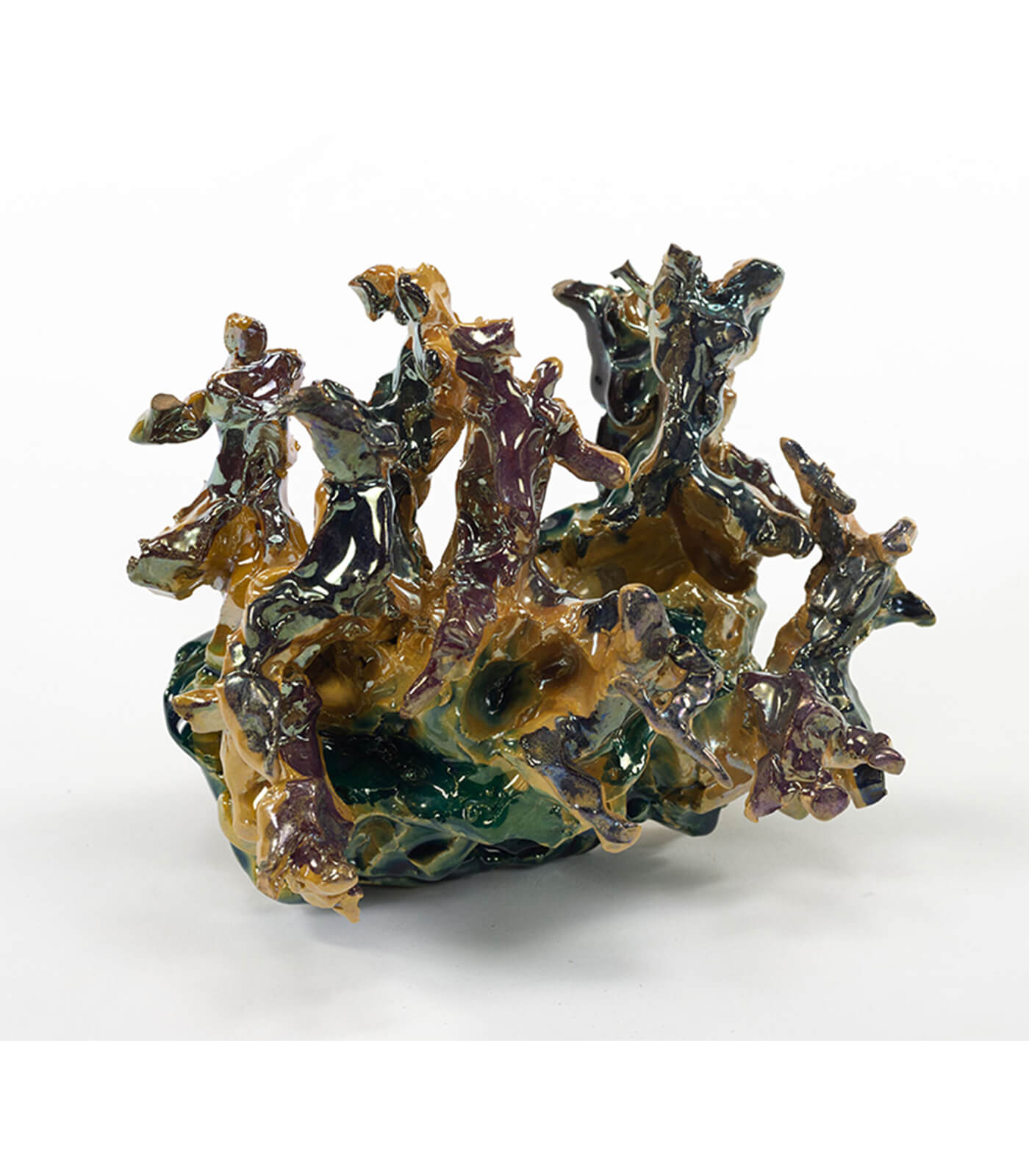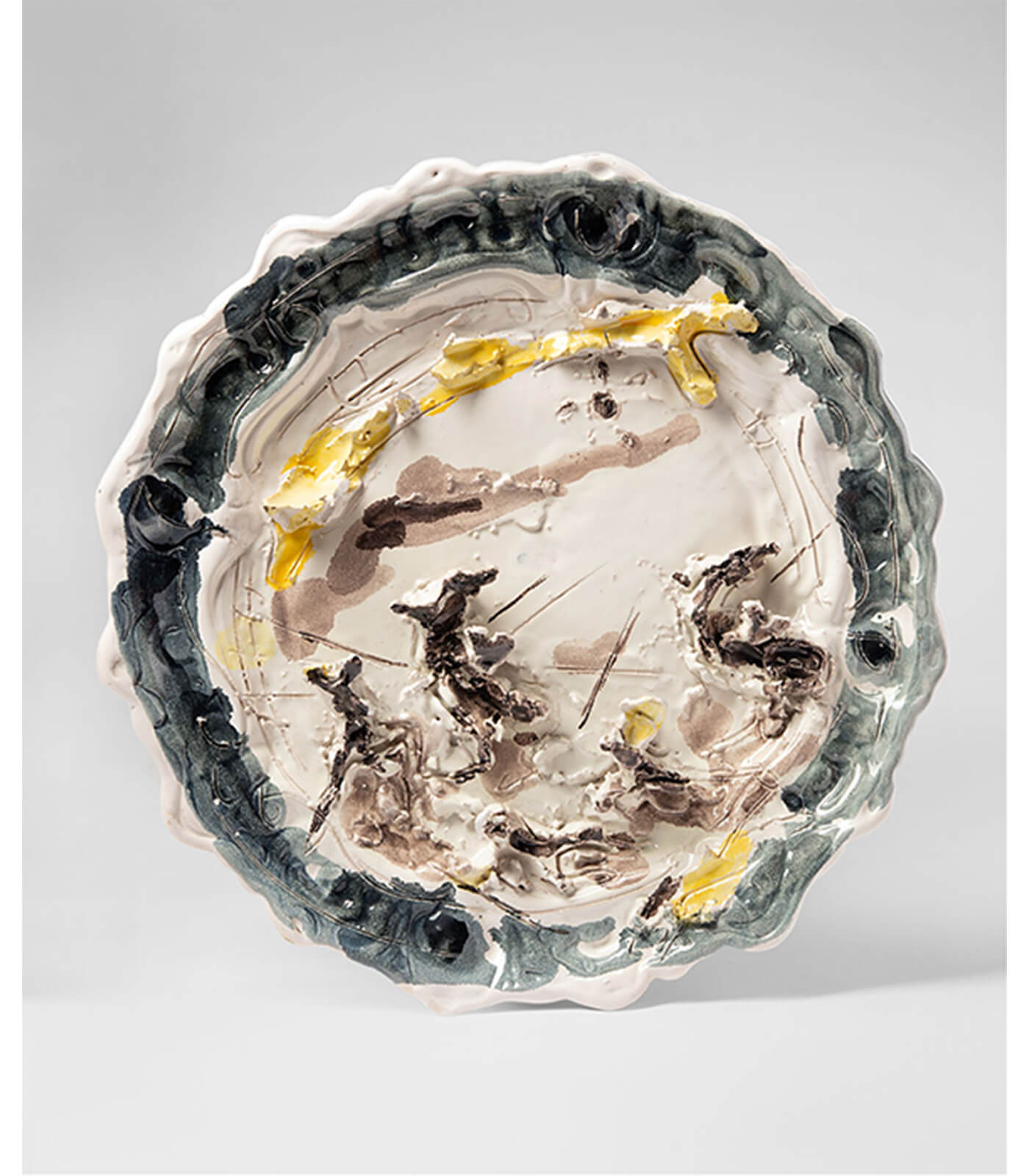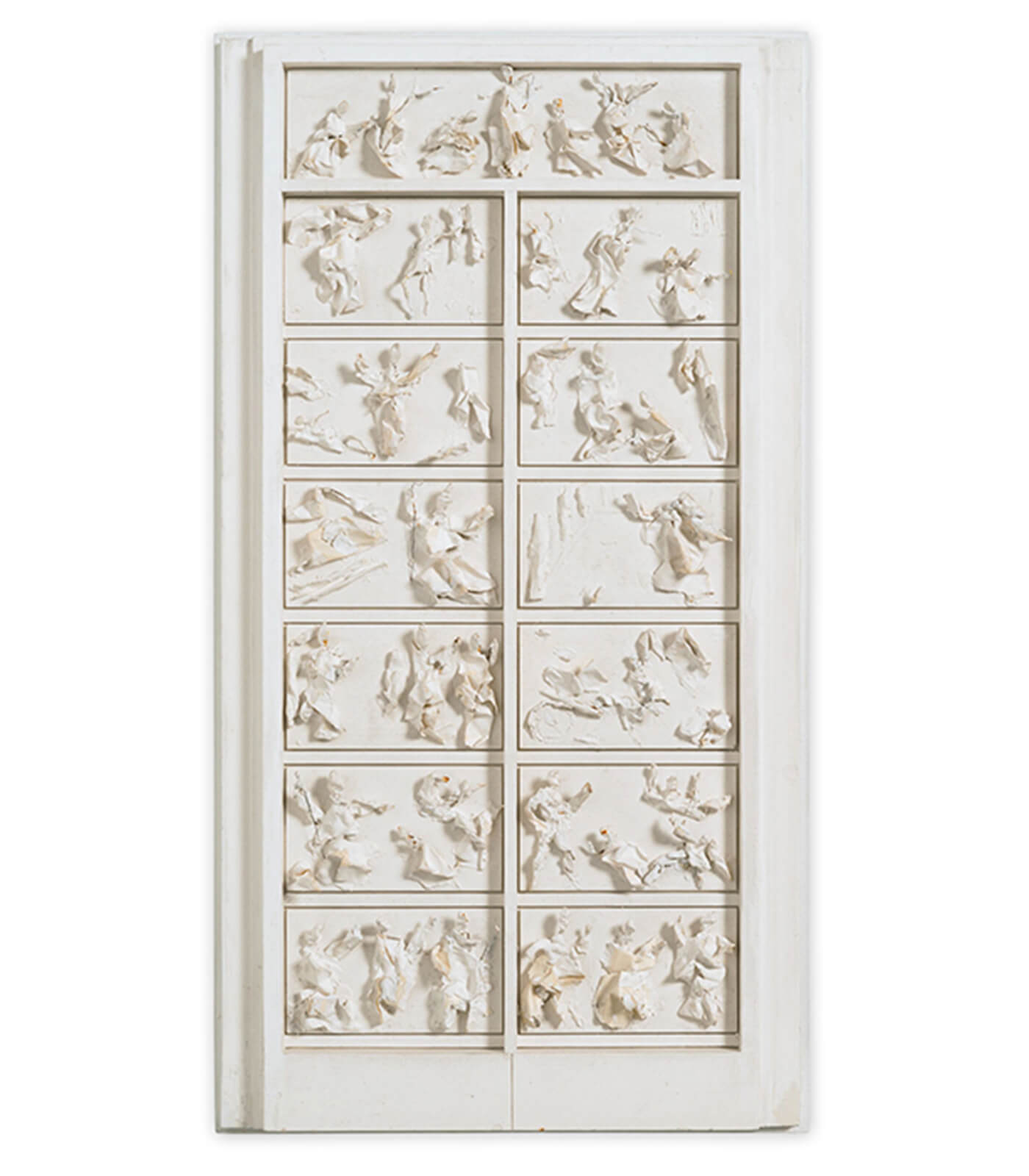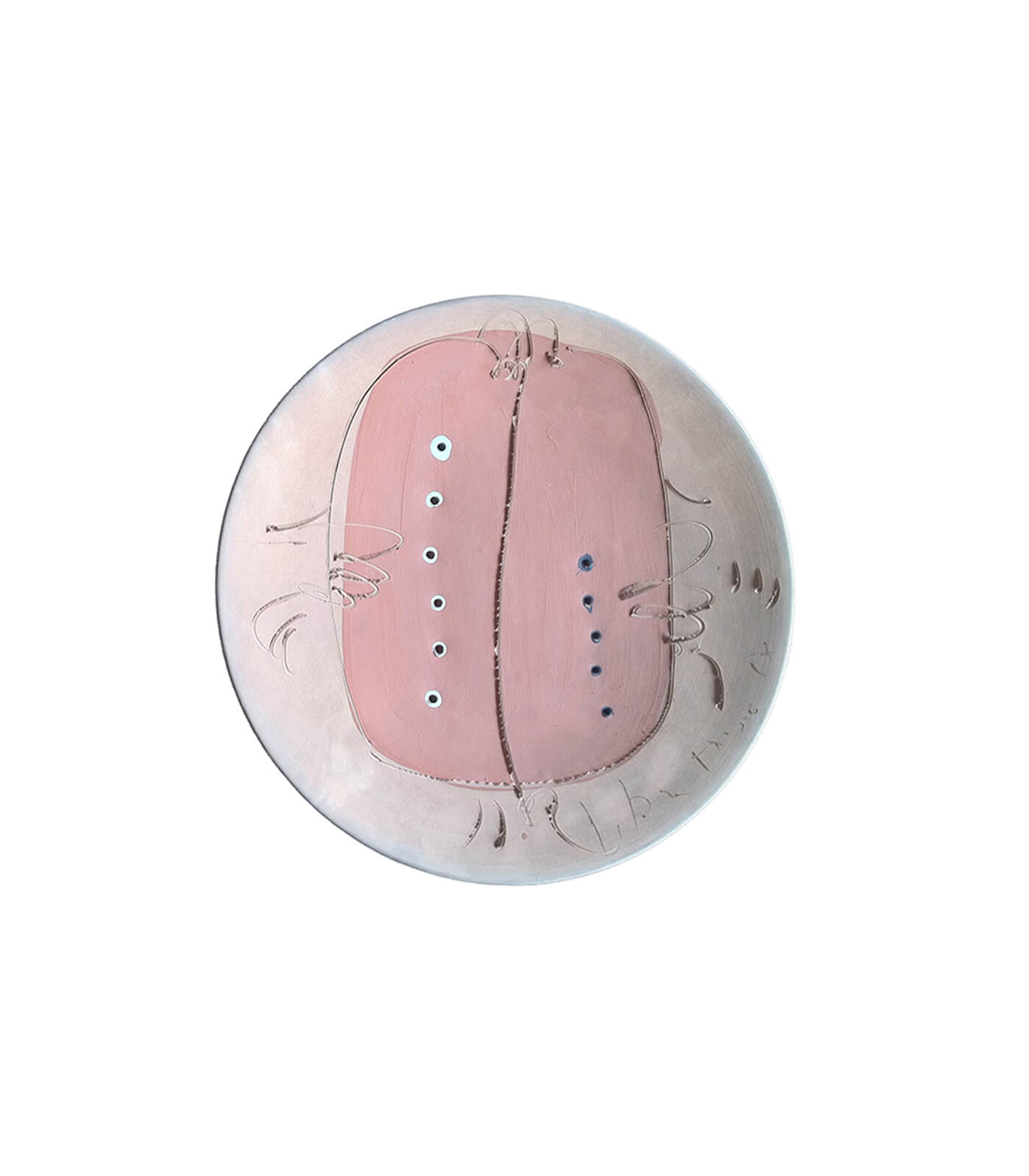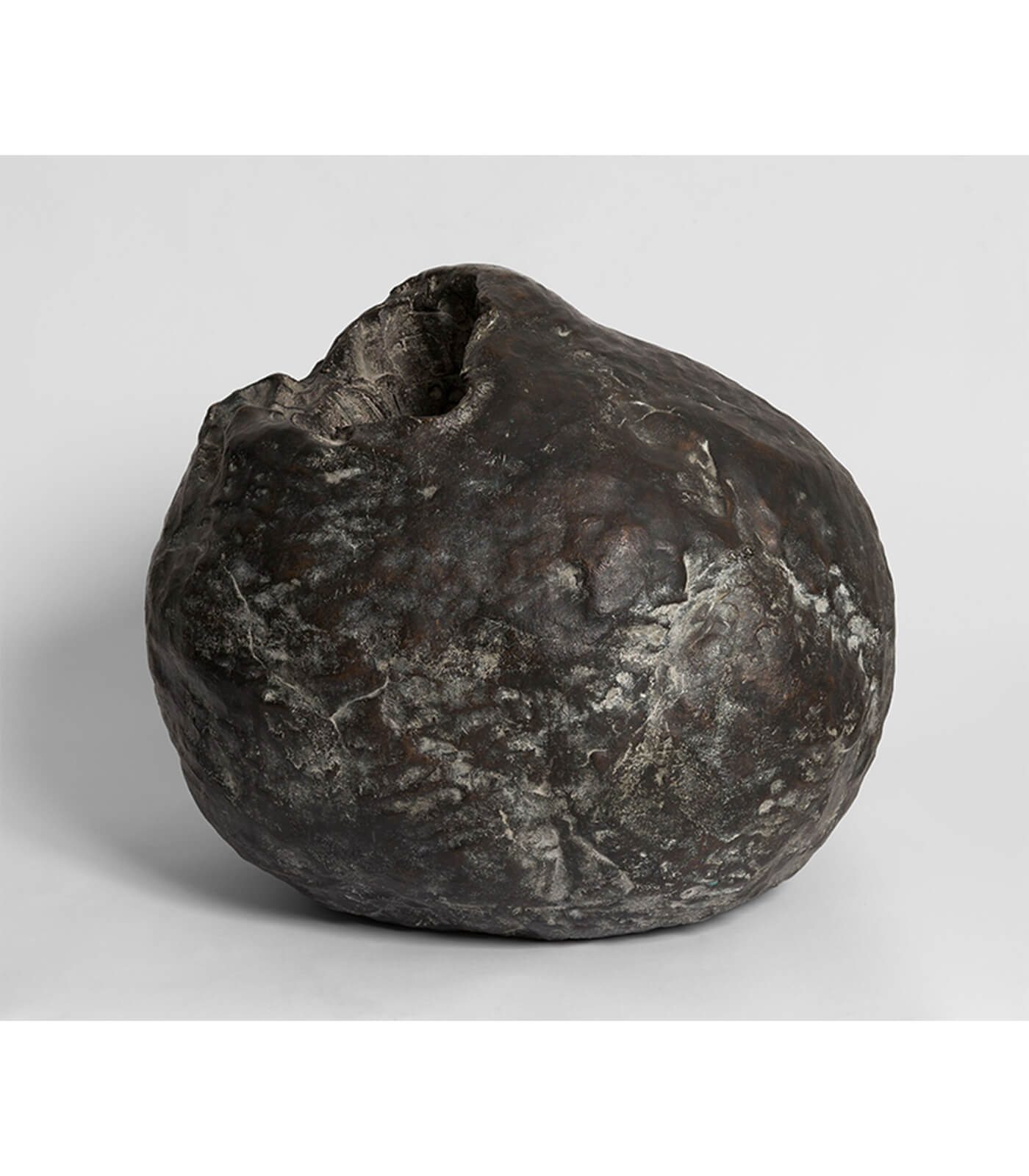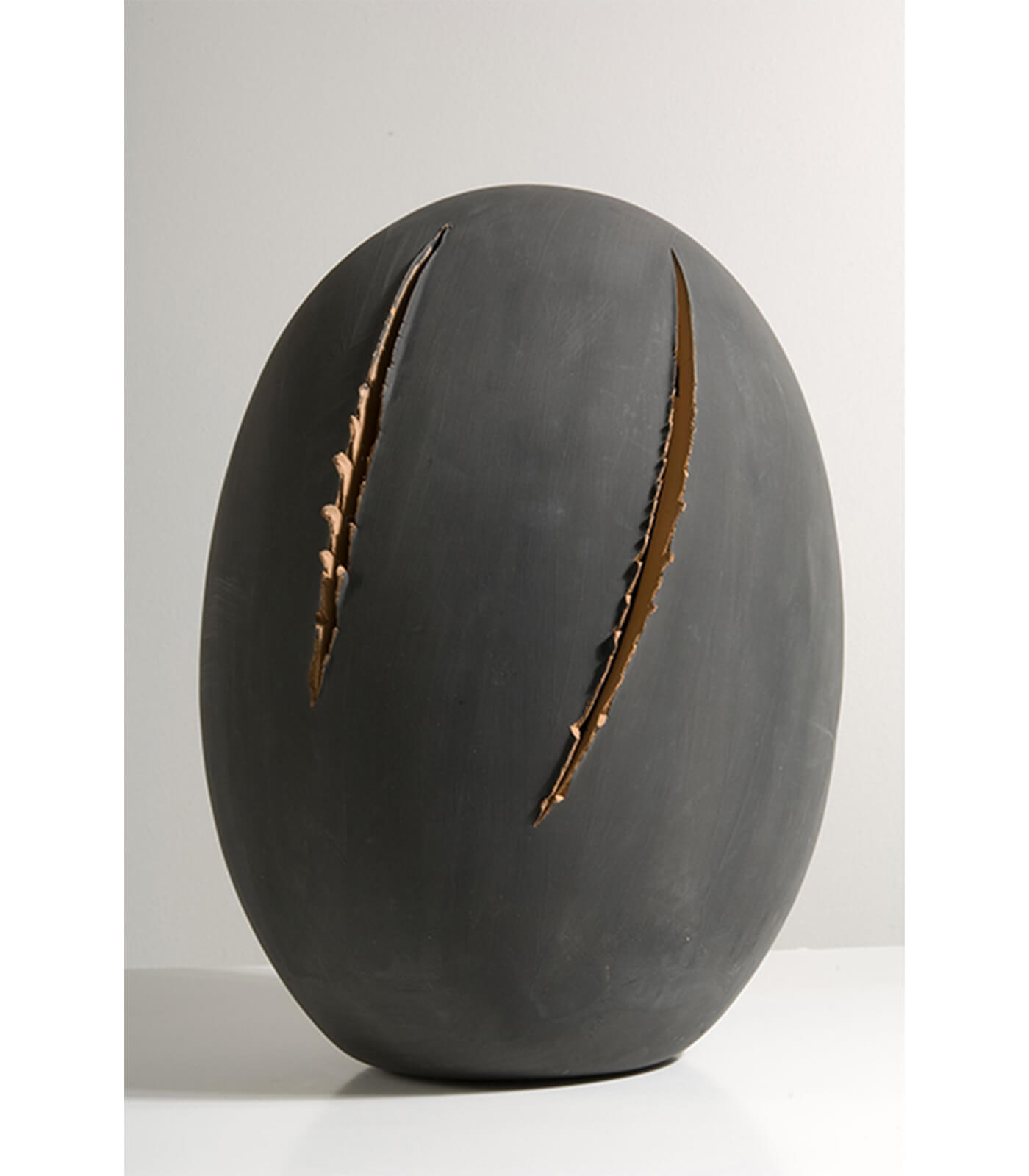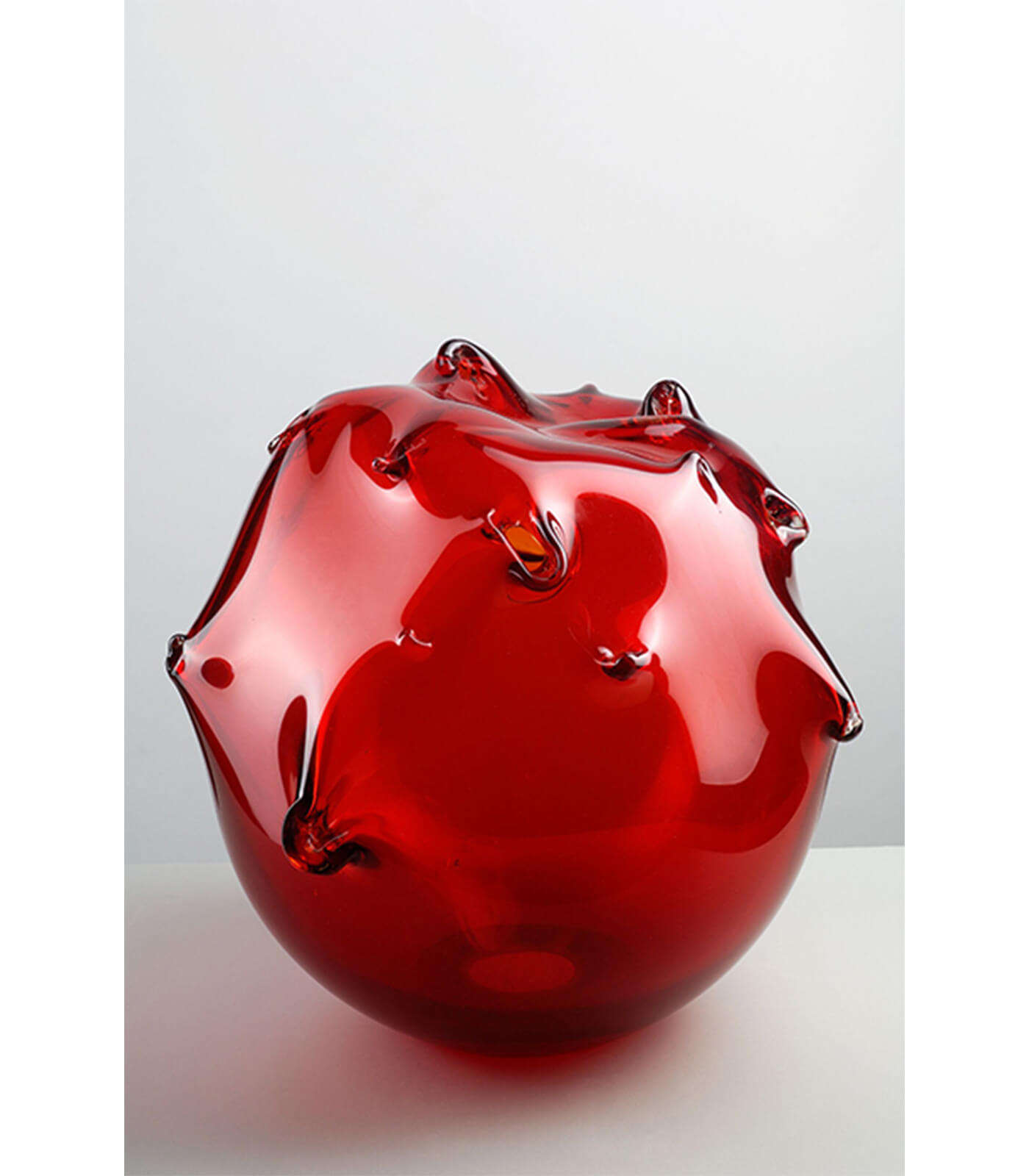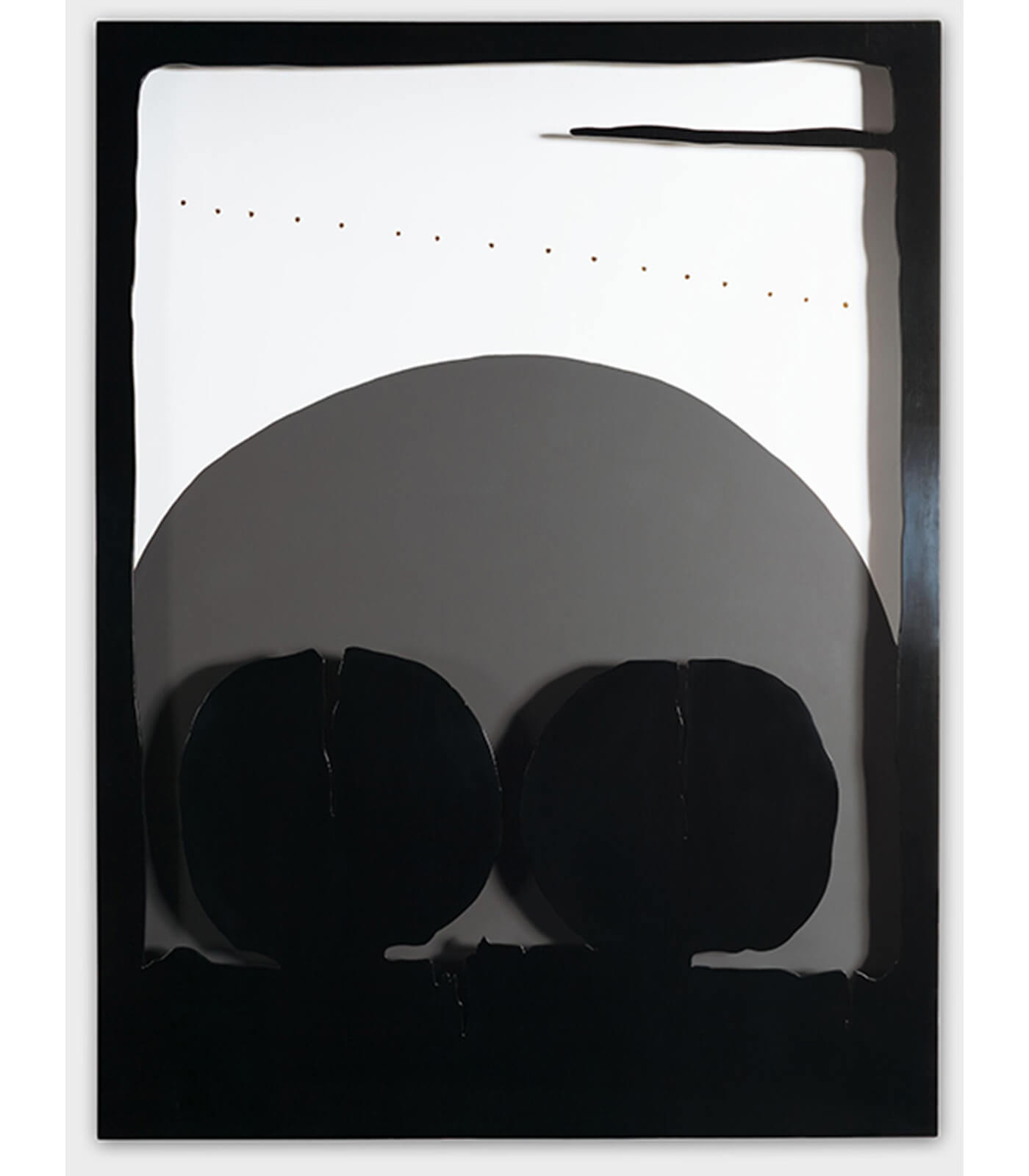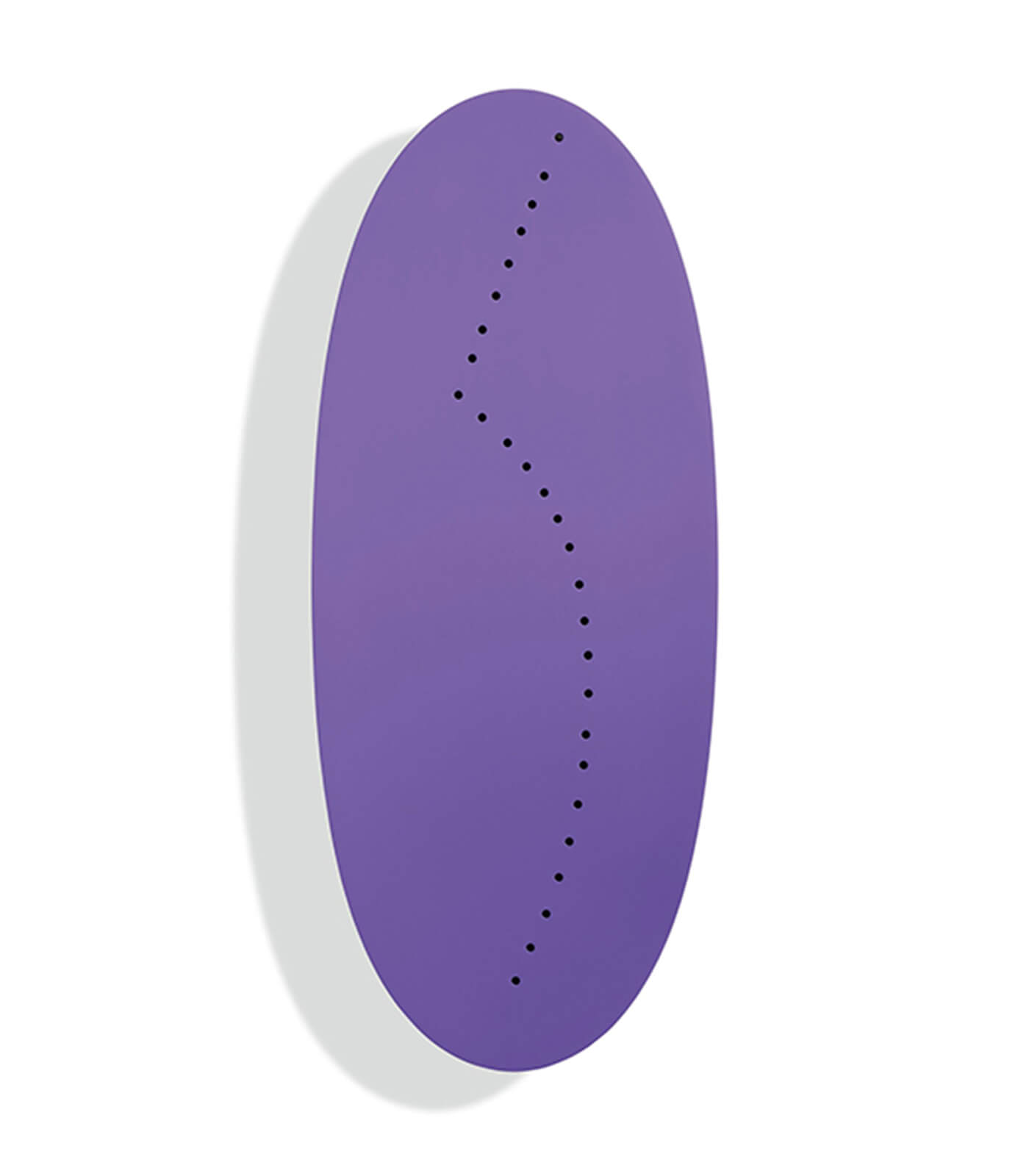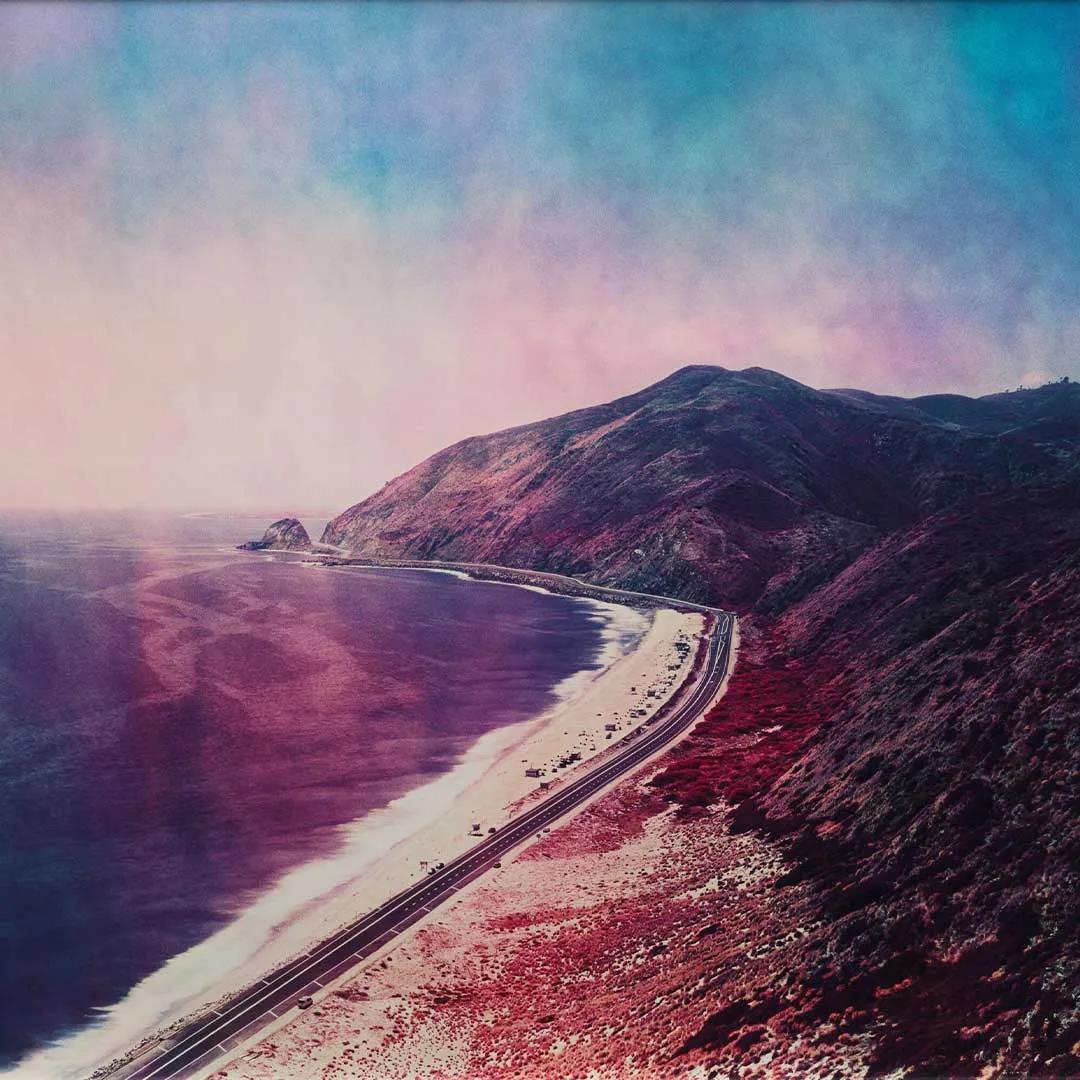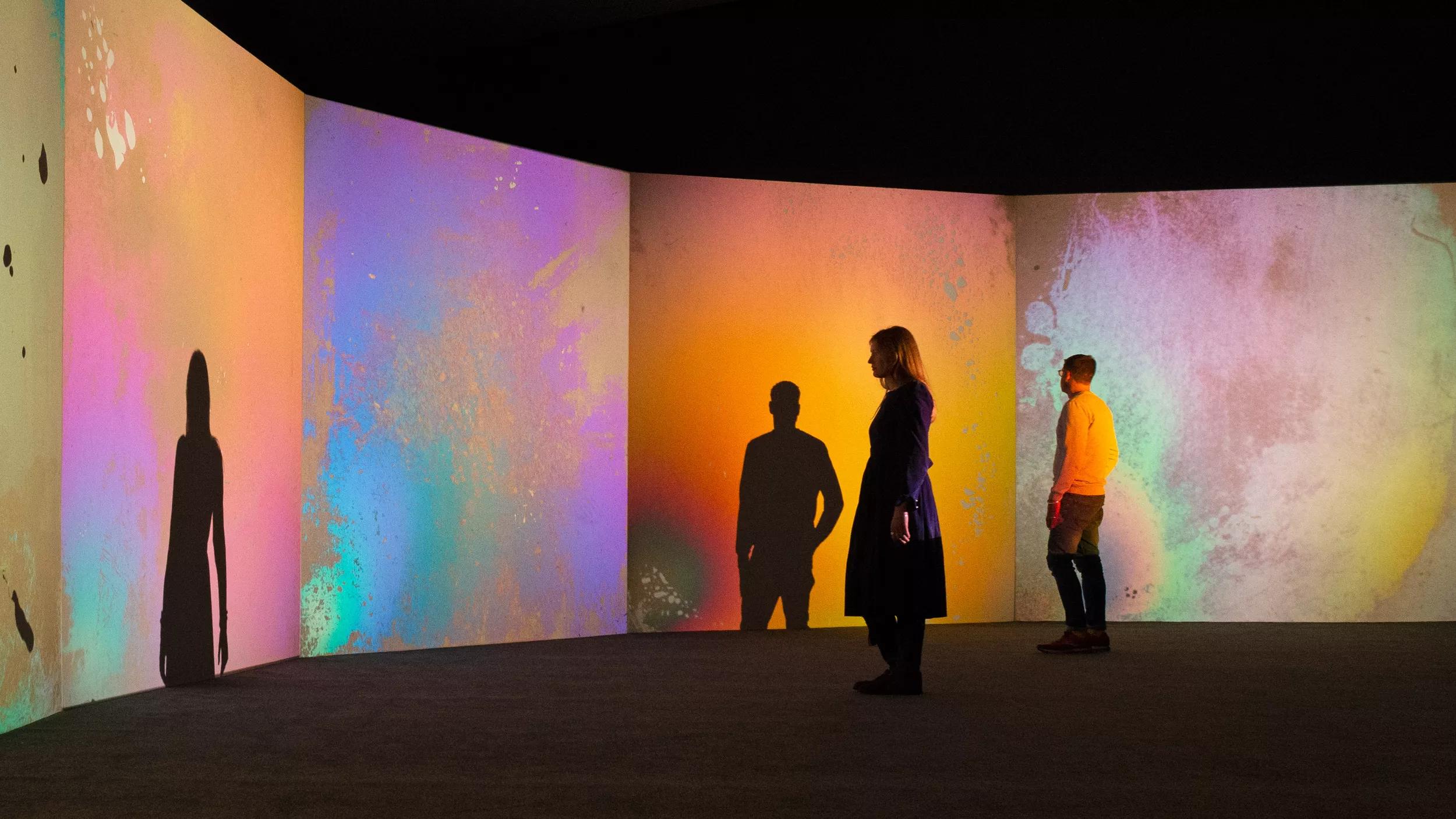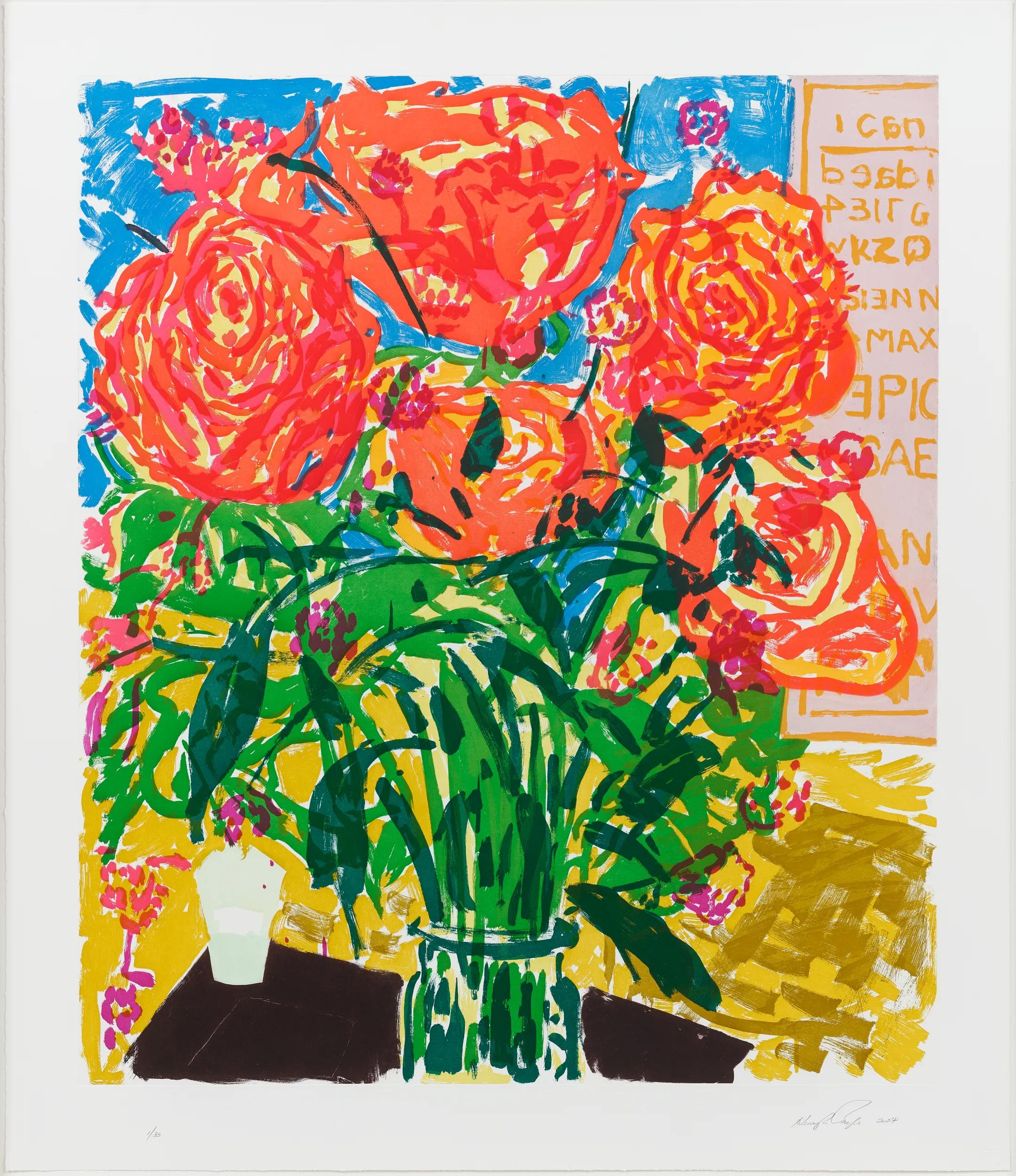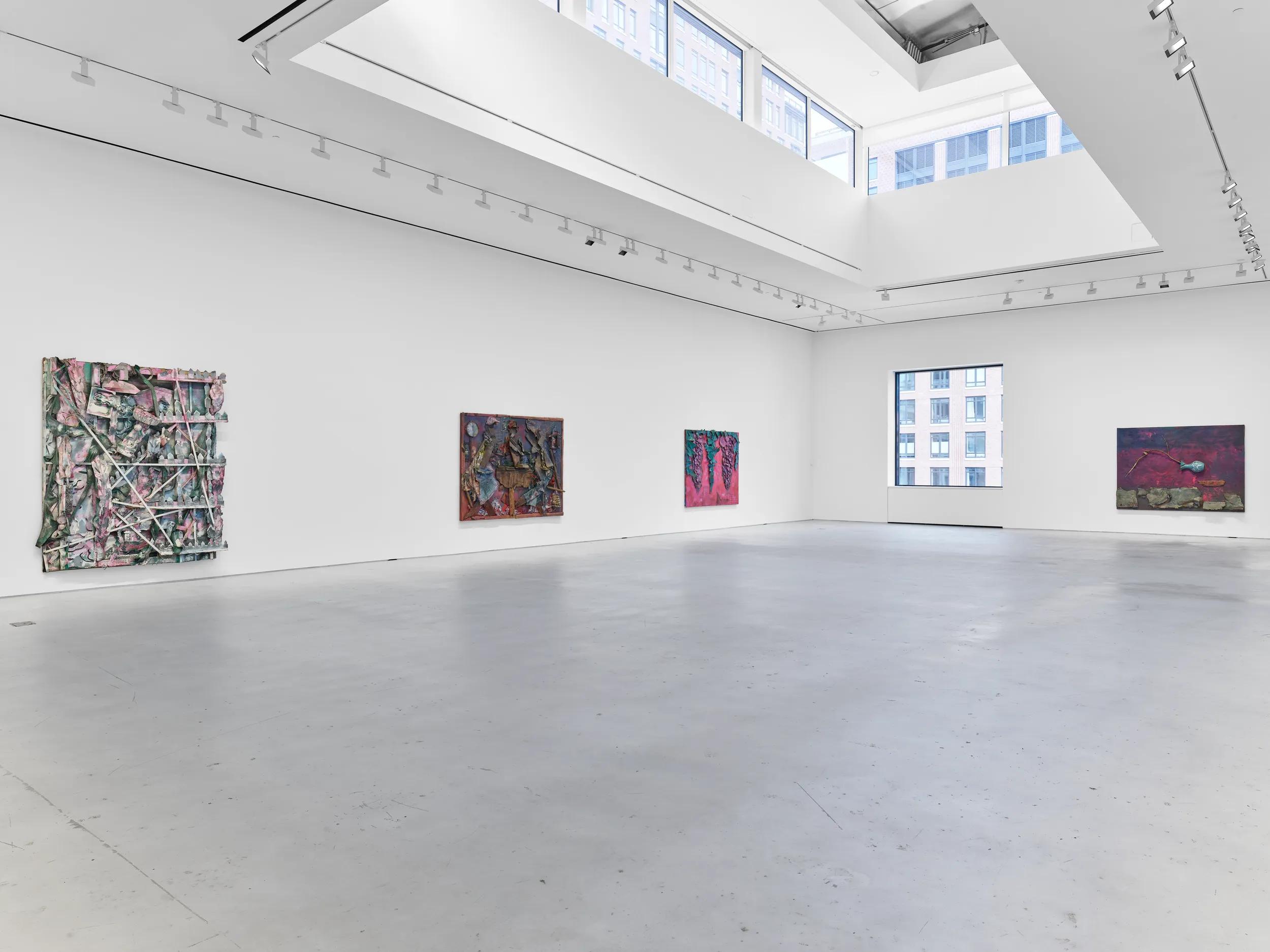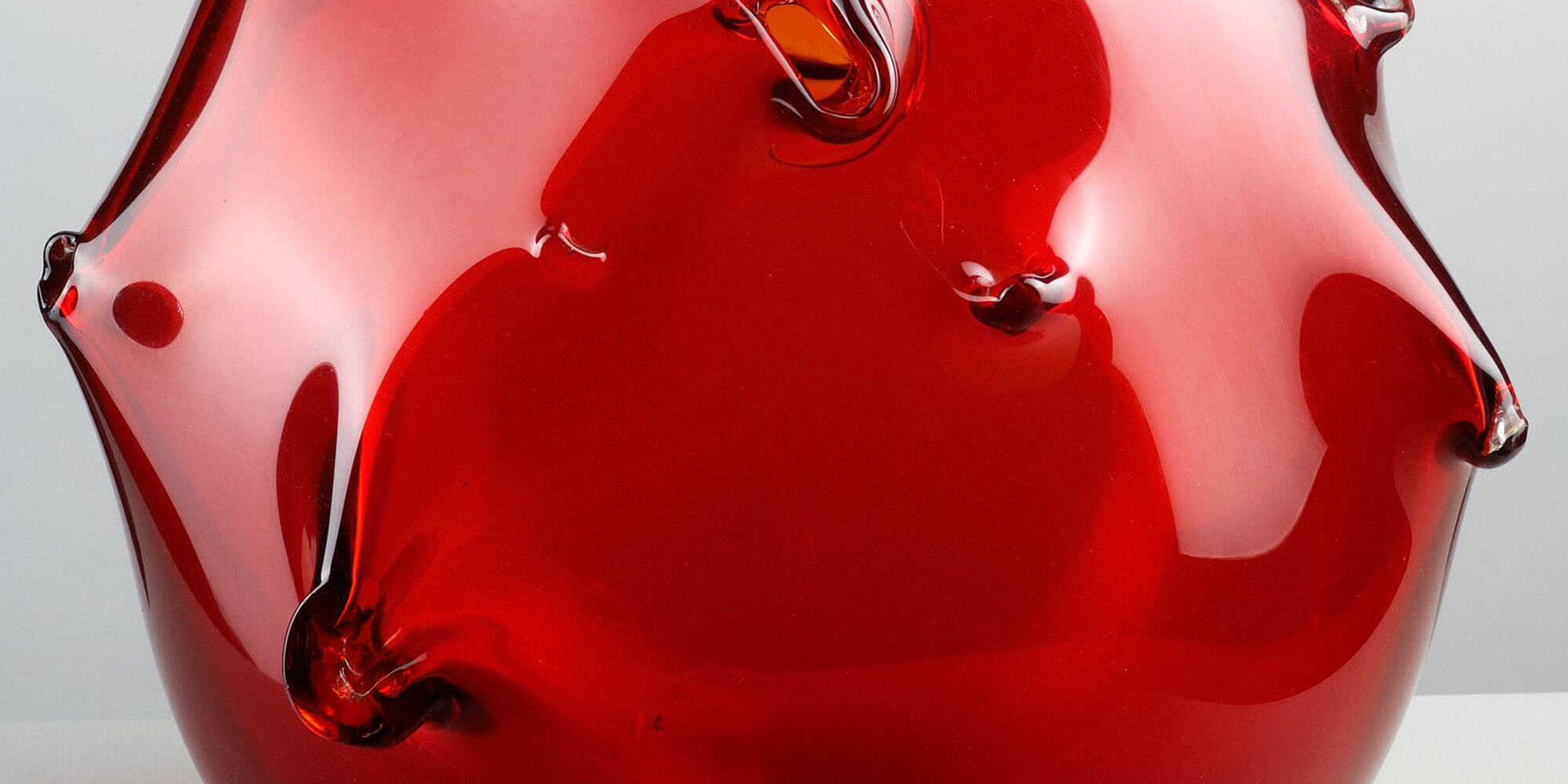
Lucio Fontana
Sculpture
3 November 2022 – 4 February 2023
New York, 69th Street
Curated by Luca Massimo Barbero, in collaboration with the Fondazione Lucio Fontana, and focused on Fontana’s prolific breakthroughs and experiments in the medium of sculpture, this exhibition will fill the gallery’s uptown location at 32 East 69th Street, the very same address where, in 1961, Fontana’s first solo show in the US was presented at the galleries of the legendary art dealers Martha Jackson and David Anderson.
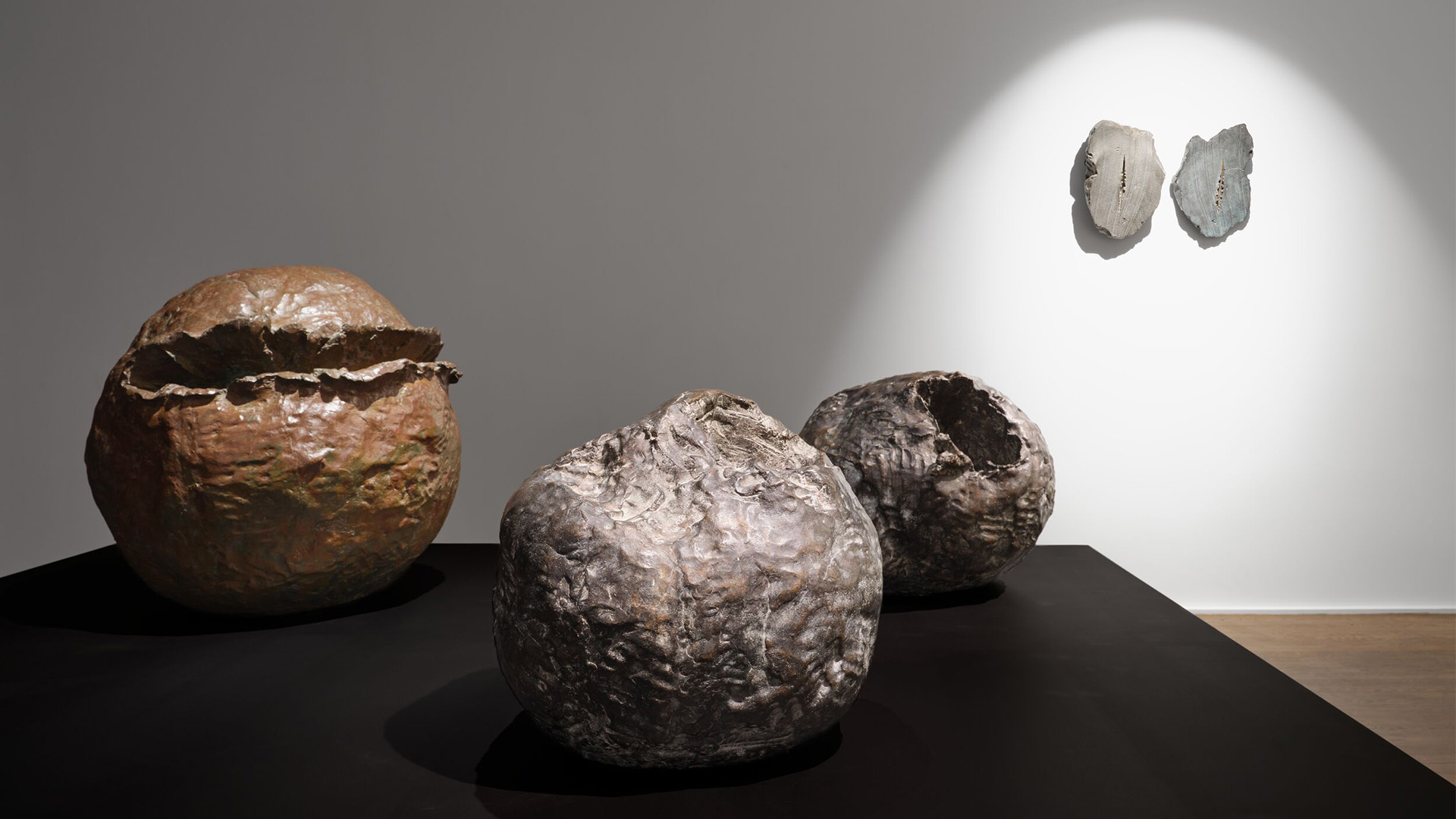
While perhaps best known in the United States for his ‘Tagli’ (Slashes)—the slashed canvases that summarized and reinterpreted decades of research surrounding space and the conceptual value of gesture—sculpture was integral to Fontana’s artistic project and pivotal to its evolution. Having experimented with the medium from the beginning to the very end of his career, Fontana used sculpture as an opportunity to test, and put into practice, the exchange between form, color, matter and space, through a dialectical relationship between abstract and figurative, spatial and baroque.
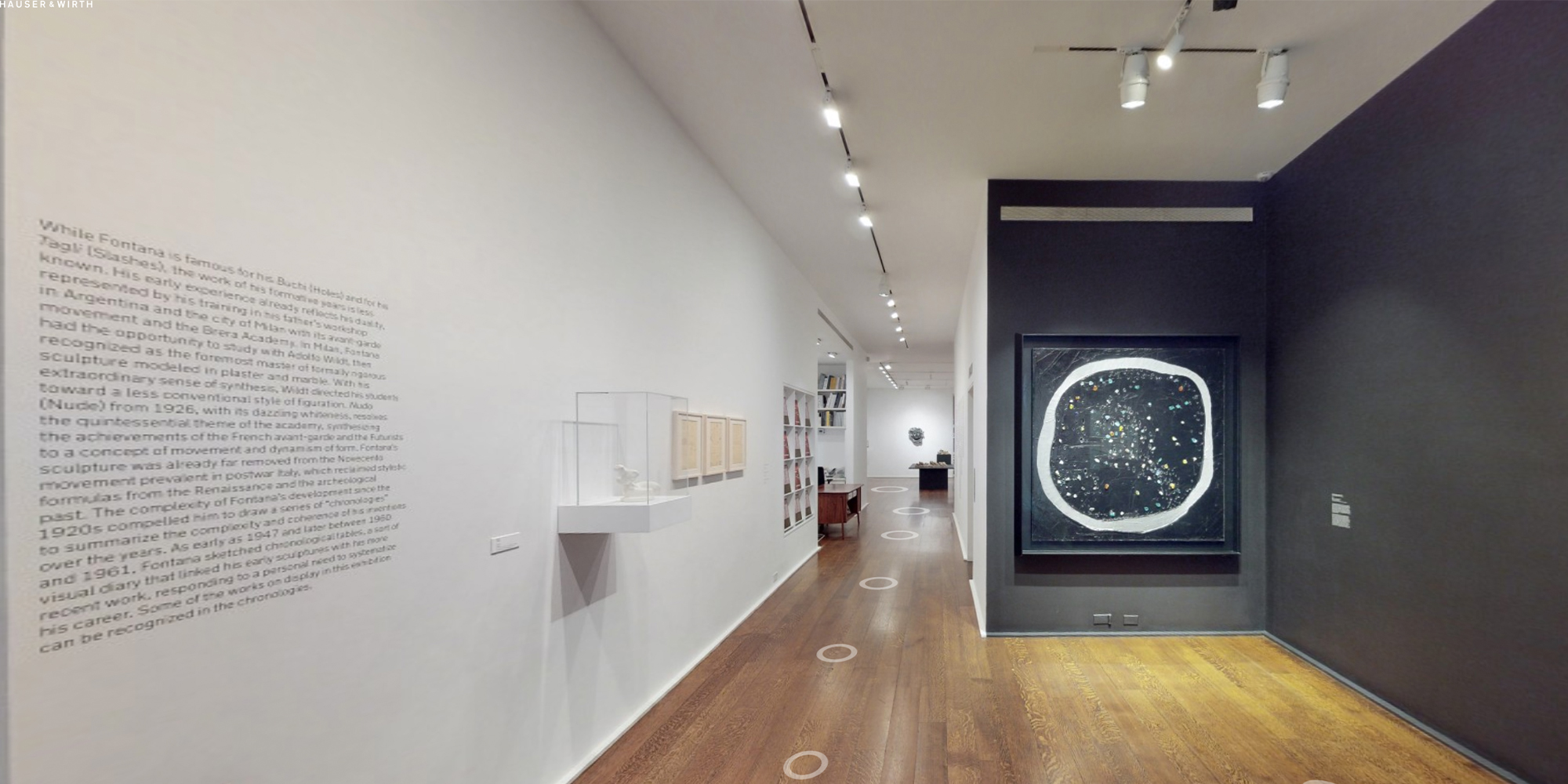
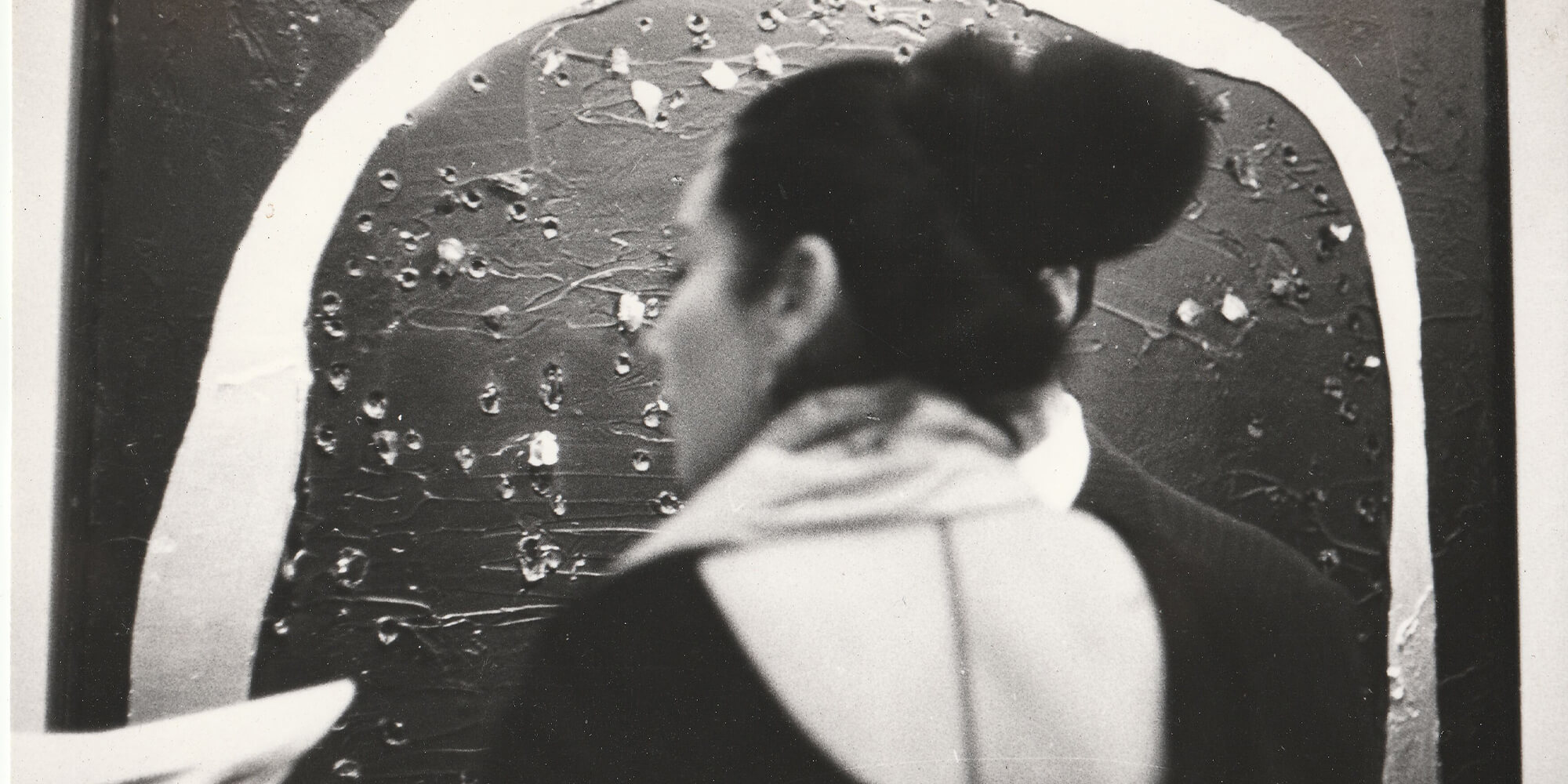
In an homage to Fontana’s debut 1961 exhibitions in the United States, ‘Lucio Fontana. Sculpture’ opens with a dazzling painting that was first presented in those exhibitions: ‘Concetto spaziale, La luna a Venezia’ (Spatial Concept, The Moon in Venice) (1961). This canvas, which defies categorization, will be juxtaposed with a rare nucleus of drawings reflecting the artist’s impressions of his initial visit to New York City, where he was guided by famed architect and Fontana collector, Philip Johnson.

The exhibition continues with the rarely seen sculpture, ‘Nudo’ (Nude) (1926), and an exploration of pivotal works from the 1930s, including ‘Tavoletta graffita’ (Incised Panel) (1931), ‘Figura alla finestra’ (Figure at the Window) (1931), ‘Scultura astratta’ (Abstract Sculpture) (1934), ‘Conchiglie e Farfalle’ (Shells and Butterflies) (1935-36) and ‘Cavalli marini’ (Seahorses) (1936). Made during a period of intense research, these pivotal works embody a particular syncretism between the abstract and the figurative and demonstrate how Fontana’s work began to express pure innovation and how, unfolding within the larger context of European sculpture-making, his radical output from this period was at once rooted in historical avant-garde art movements, while also reinterpreting those movements’ meaning.

The second floor of the exhibition illustrates the tension generated between Fontana’s various Spatial Concepts (a title that Fontana started to adopt in 1946 for all of his spatialist works) and his figurative sculptures, made through his unique treatment of matter and color. Visitors will experience a visual journey through Fontana’s extraordinary lifelong creativity, from ‘Concetto spaziale’ (Spatial Concept) (1949)—the rare and first linen papers punctured with ‘holes’—to the multiform terracotta sculptures of the 1950s and 1960s and such ‘baroque’ works as the spirited ‘Battaglie’ (Battles) or the astonishing ‘Arlecchino’ (Harlequin) (1948 – 49).

The exhibition closes with the equally productive, albeit lesser-known period of the last years of the artist’s life, a moment where the boundaries between painting and sculpture were all but obliterated. The ‘Ellissi’ (Ellipses) (1967) and sculptures in metal described by critics as ‘space capsules’ were mechanically executed and demonstrate the final phase of Fontana’s aesthetic inquiries, in which the conceptual dimension became more prominent.
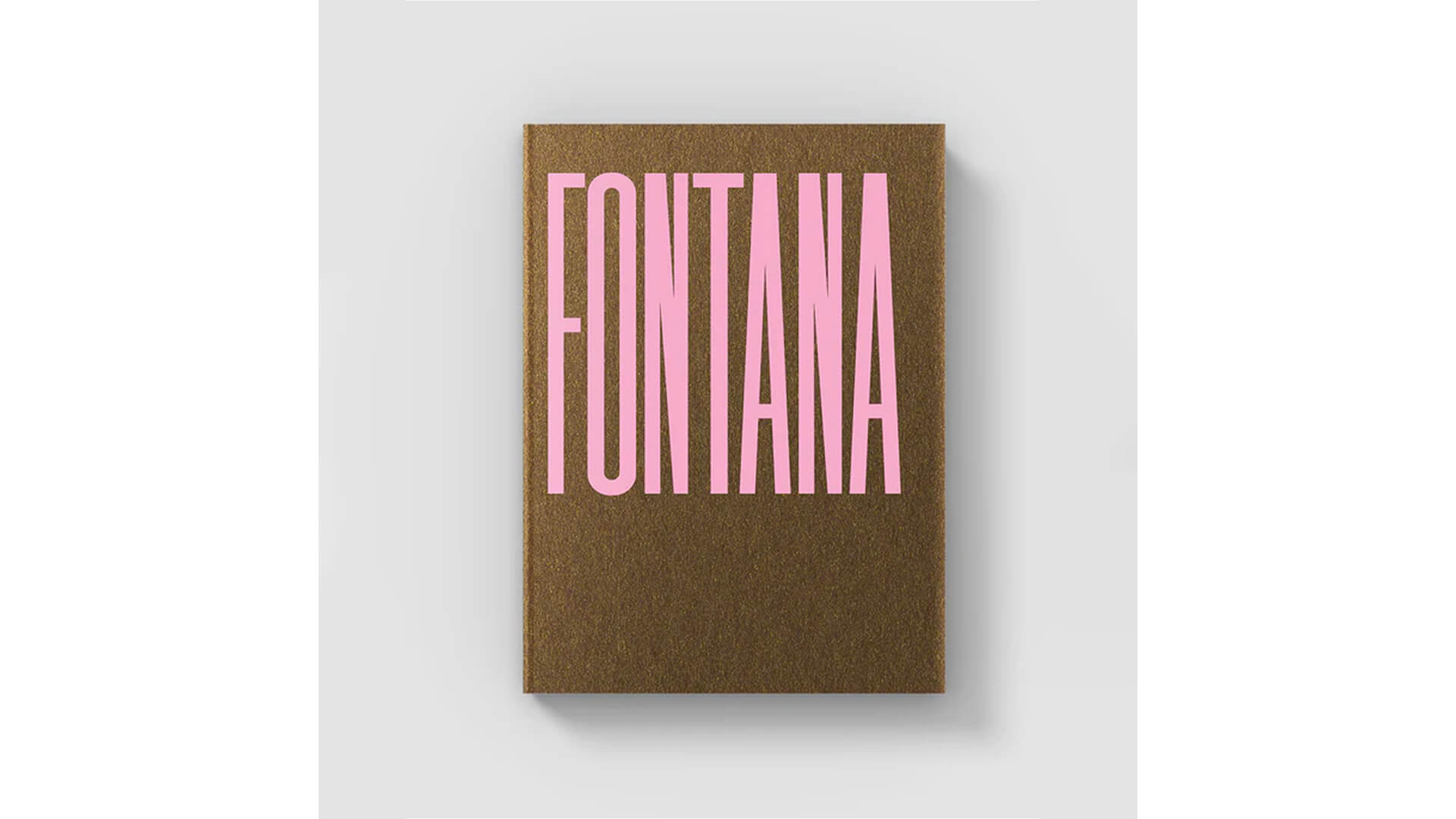
Lucio Fontana: Sculpture
‘Lucio Fontana. Sculpture’ will be accompanied by a new, fully illustrated catalogue from Hauser & Wirth Publishers, laid out by the designer Leonardo Sonnoli and edited by leading Fontana scholar and scientific advisor to the Fondazione Lucio Fontana, Luca Massimo Barbero. The book, realized in collaboration with the Fondazione, will be the first comprehensive monograph in English dedicated to Fontana’s sculptural works and includes a foreword by Paolo Laurini and essays by art historians Cristina Beltrami and Maria Villa, as well as an essay by the curator.

This project is part of the Fondazione Lucio Fontana’s effort to study and introduce new audiences to Fontana’s sculptural output, which will culminate with the release in November 2022 of the catalogue raisonné of ceramic sculptures (Skira) curated by Luca Massimo Barbero in collaboration with the Fondazione.
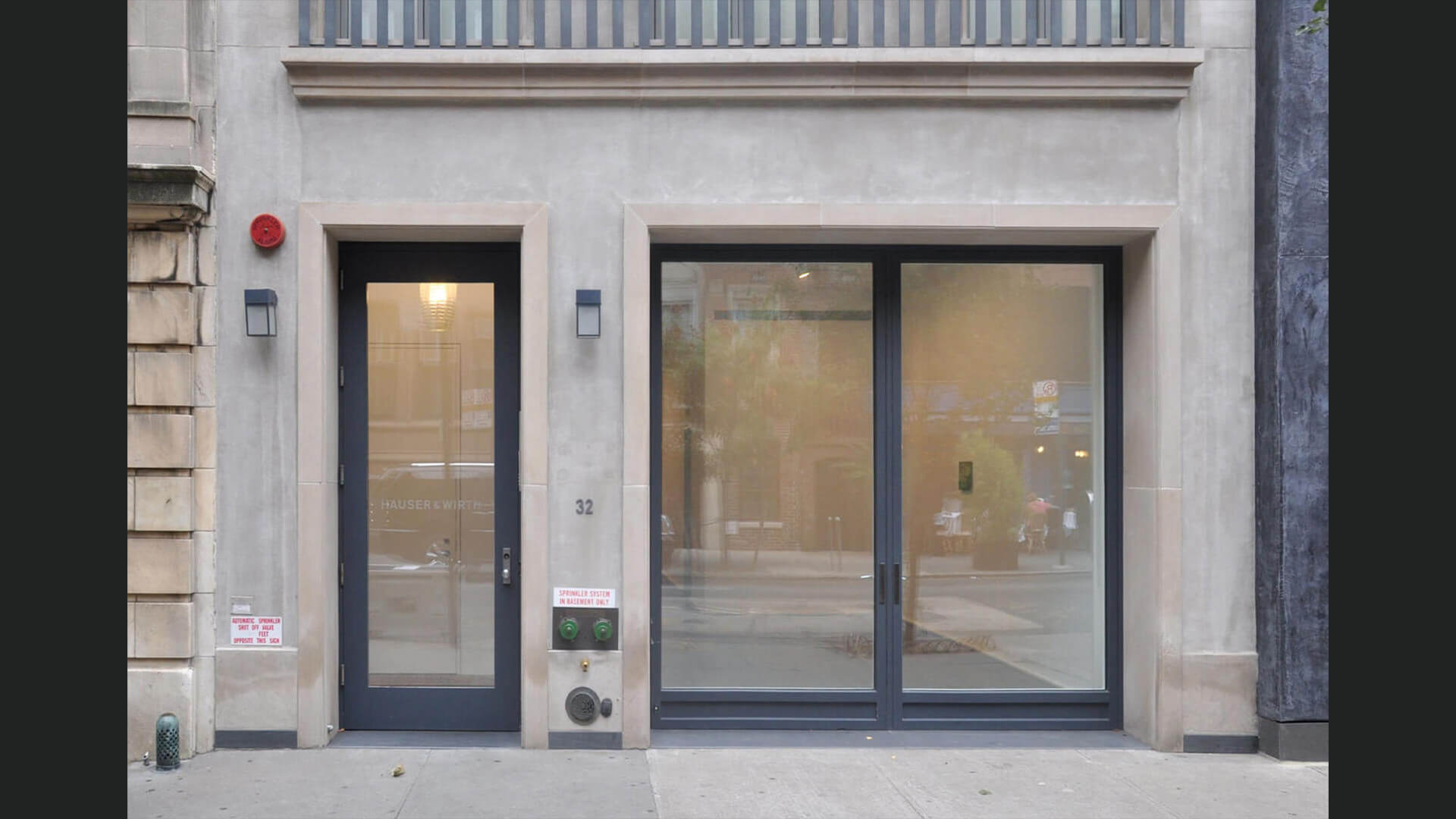
On view in New York
‘Lucio Fontana. Sculpture’ is on view now through 4 February 2023 at Hauser & Wirth New York, 69th Street.
Inquire about available works by Lucio Fontana
On view now through 4 February 2023 at Hauser & Wirth New York, 69th Street.
Related Content
Current Exhibitions
1 / 10
